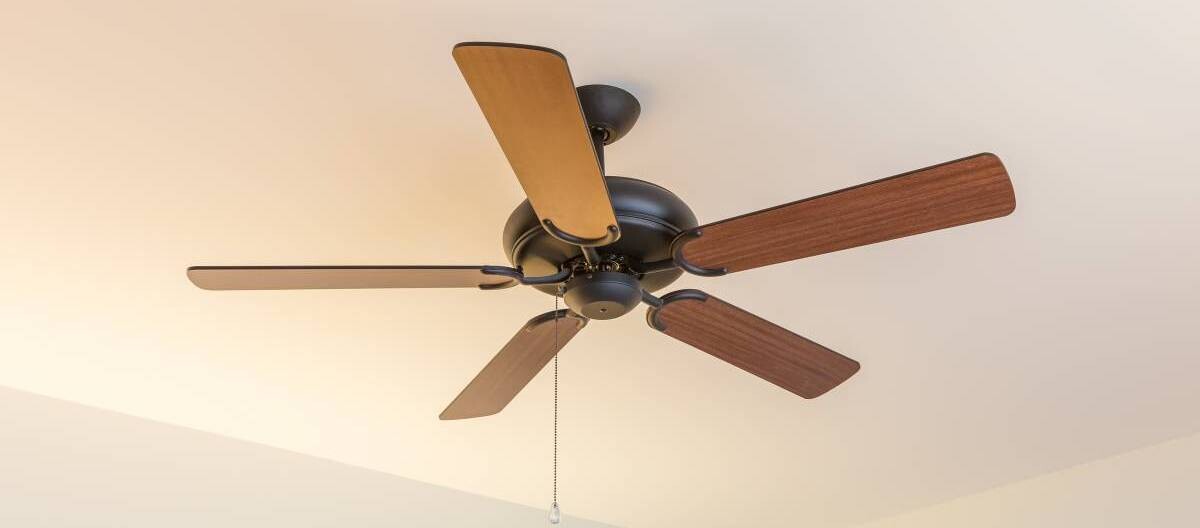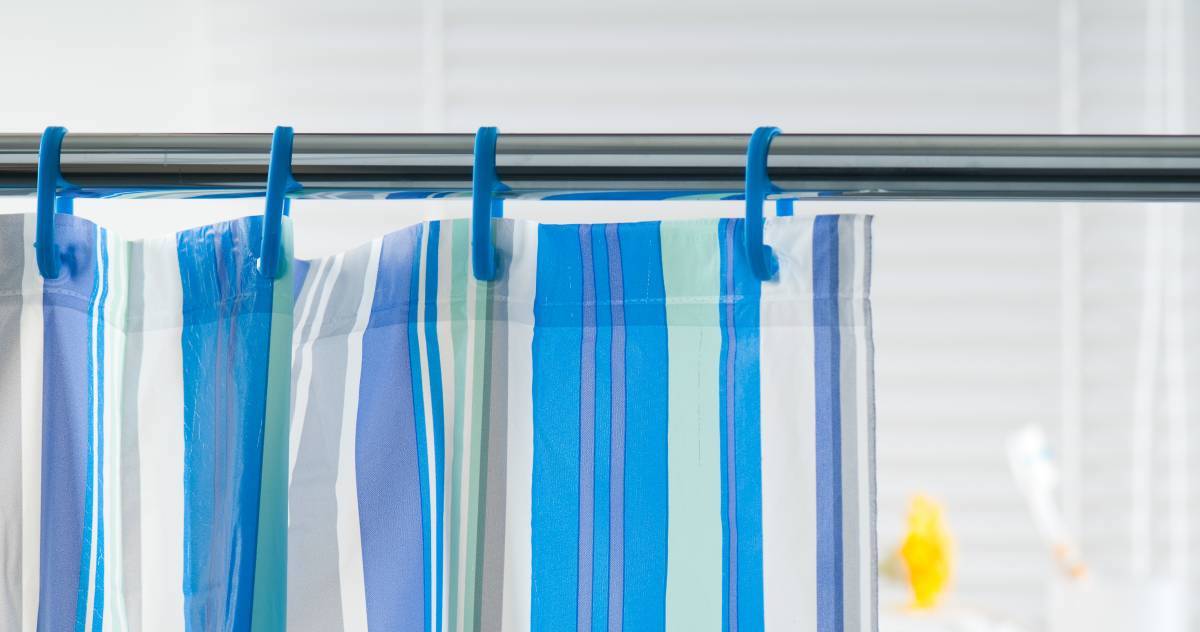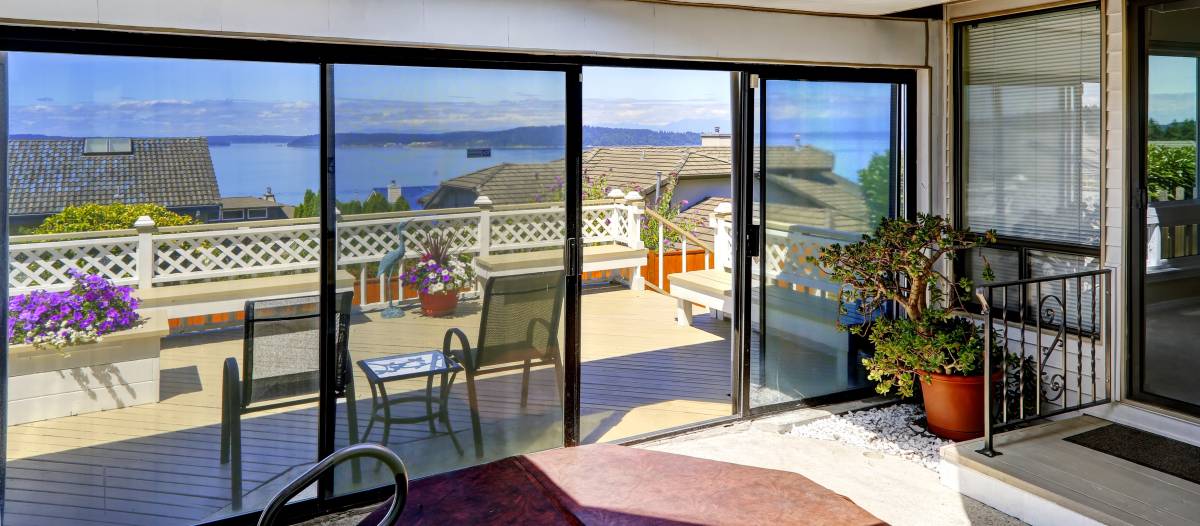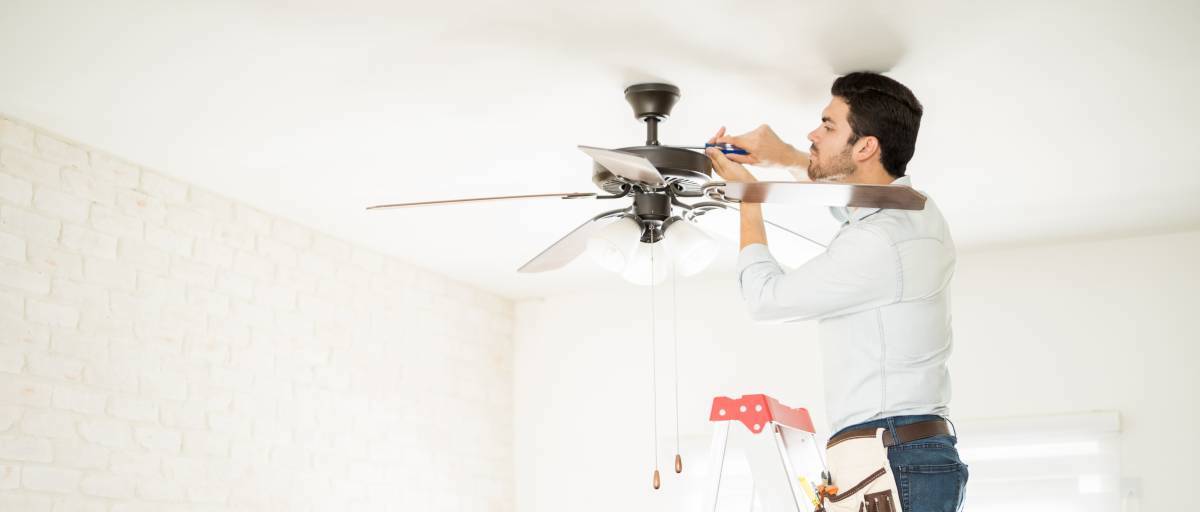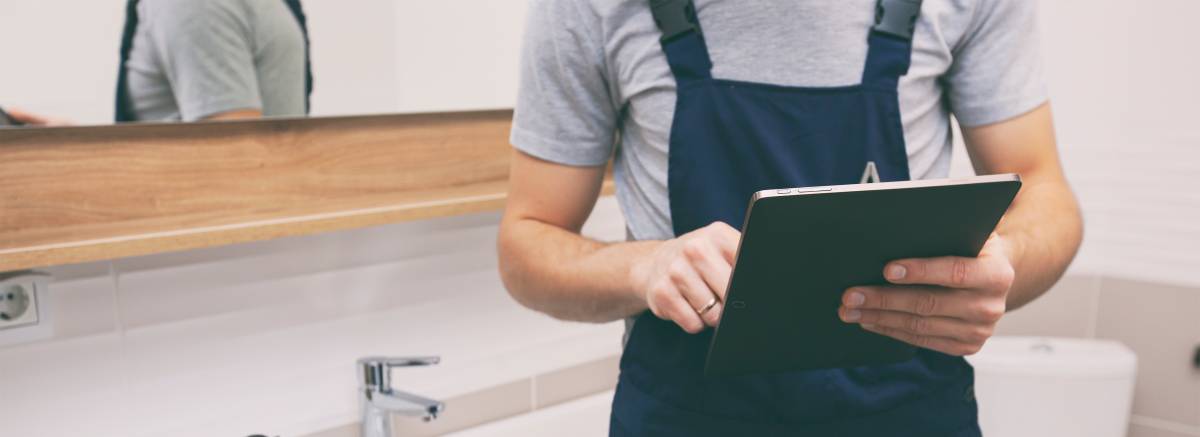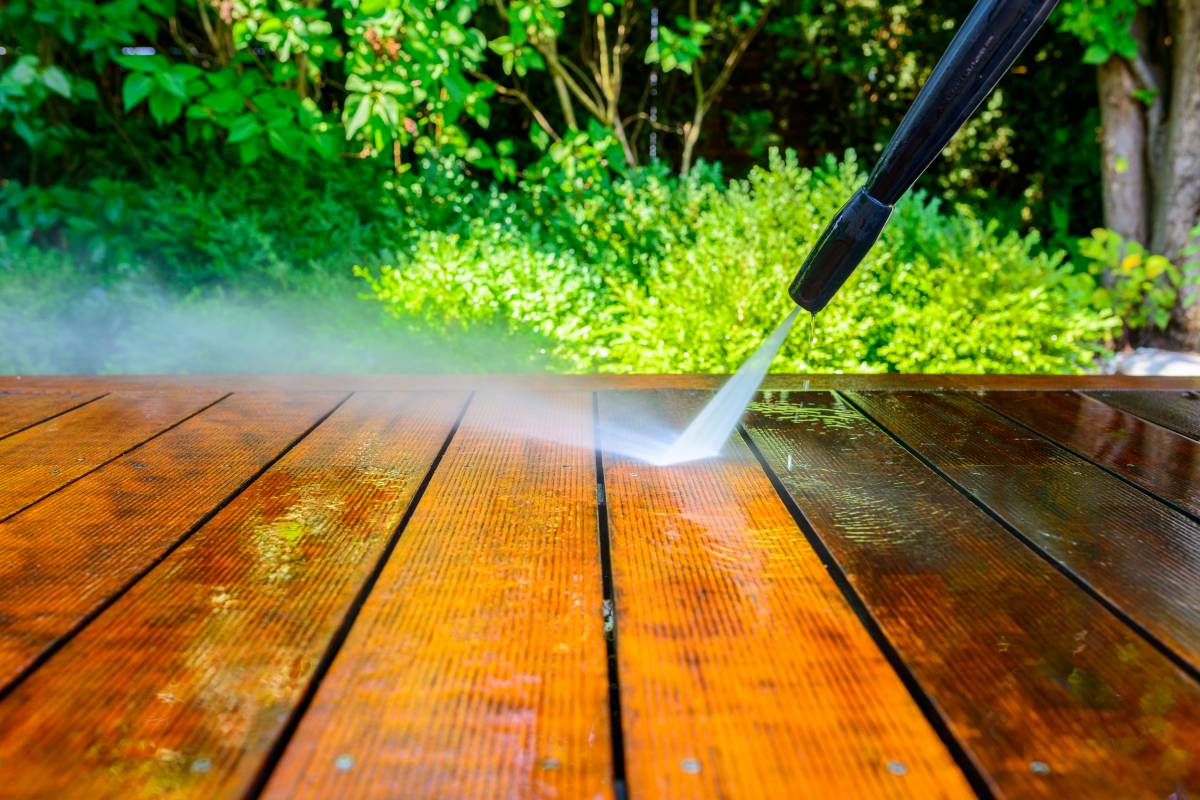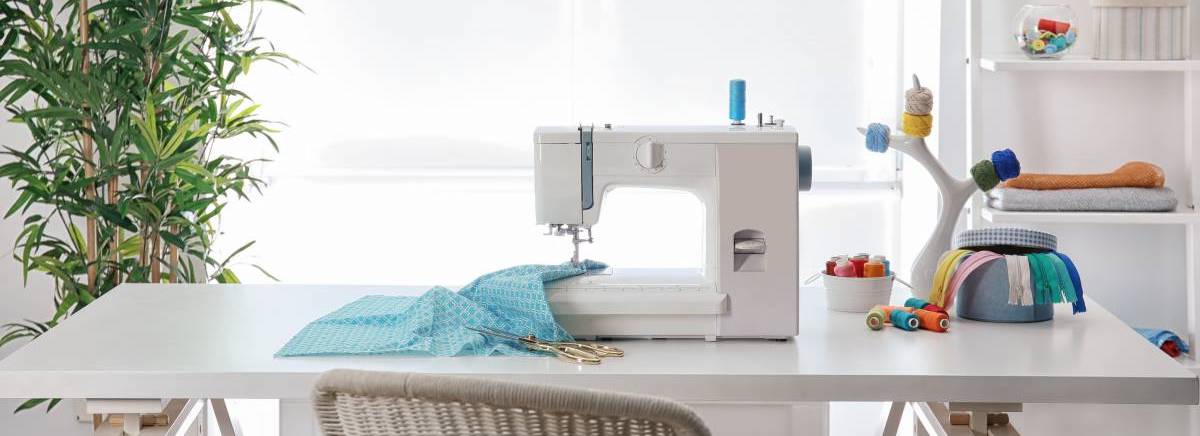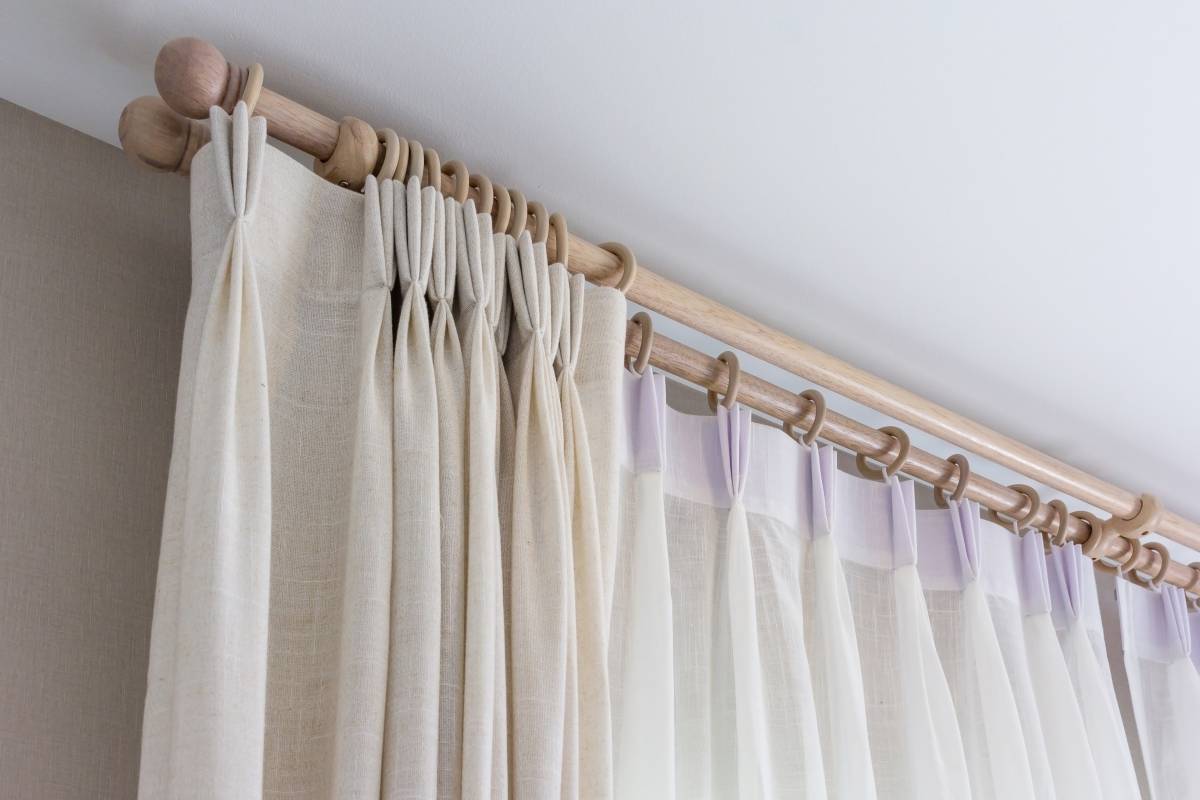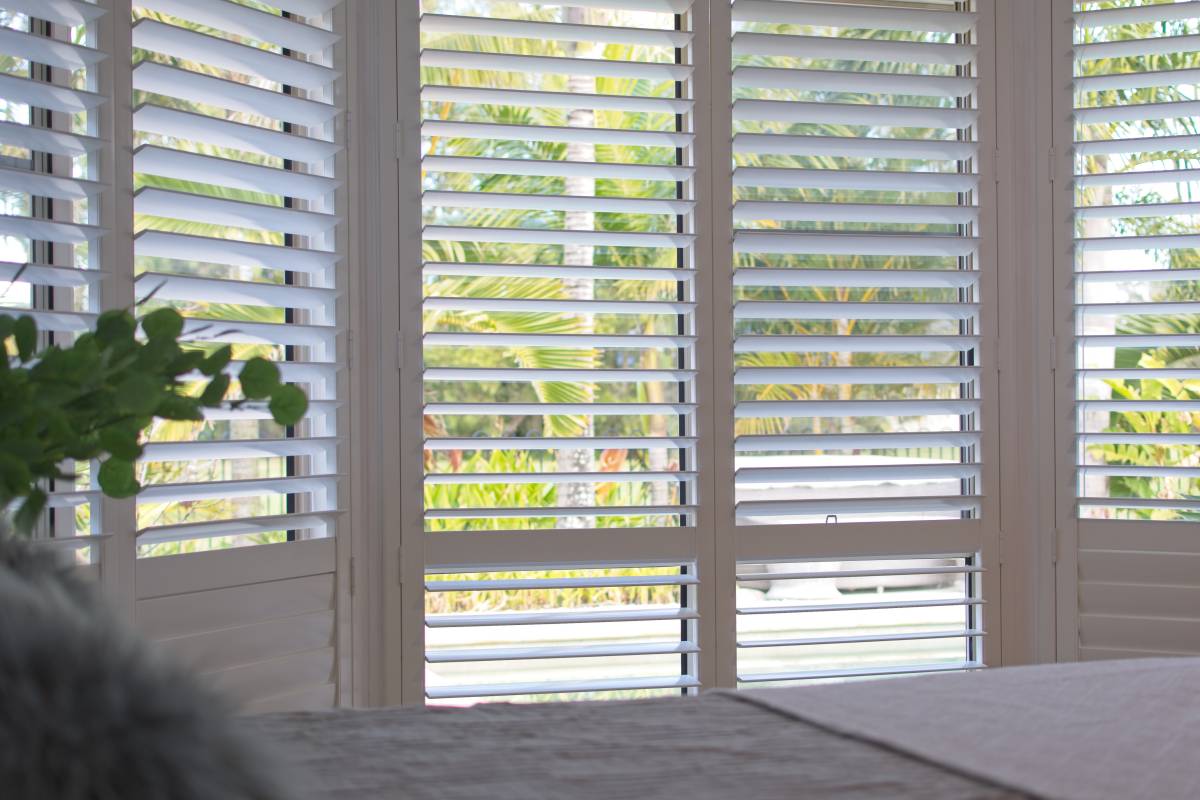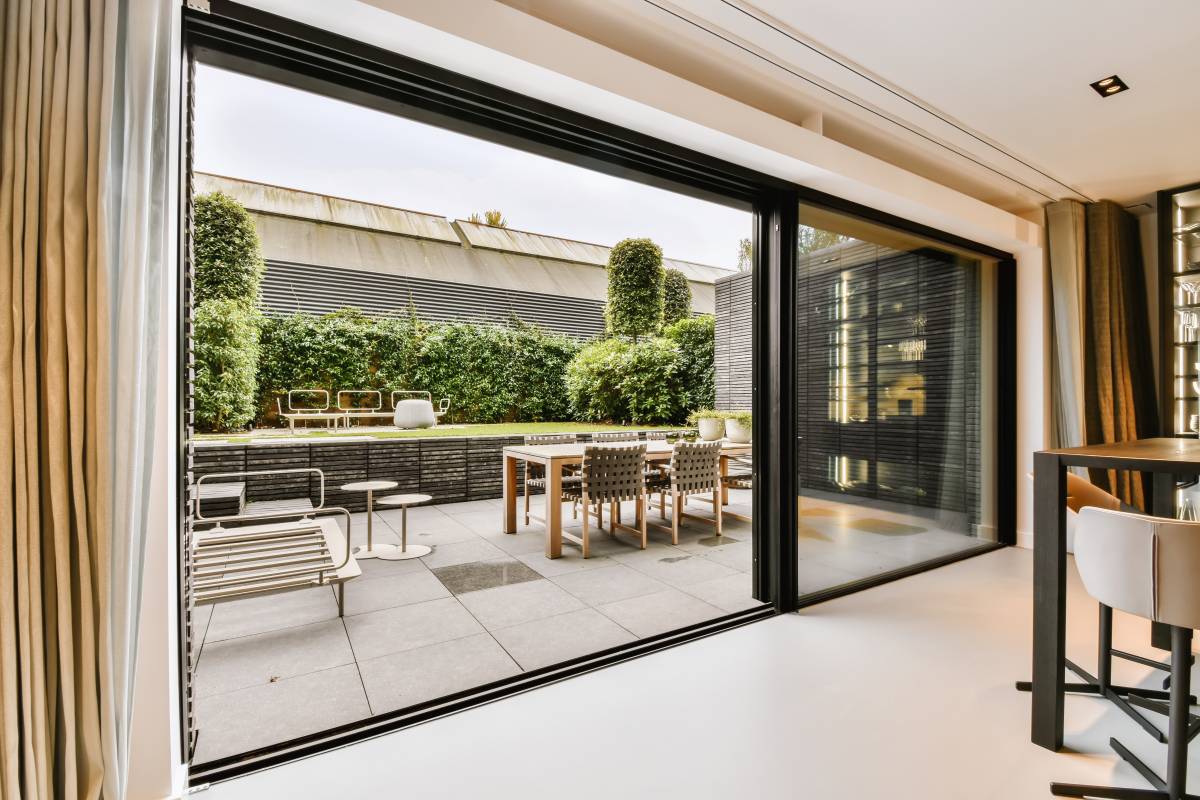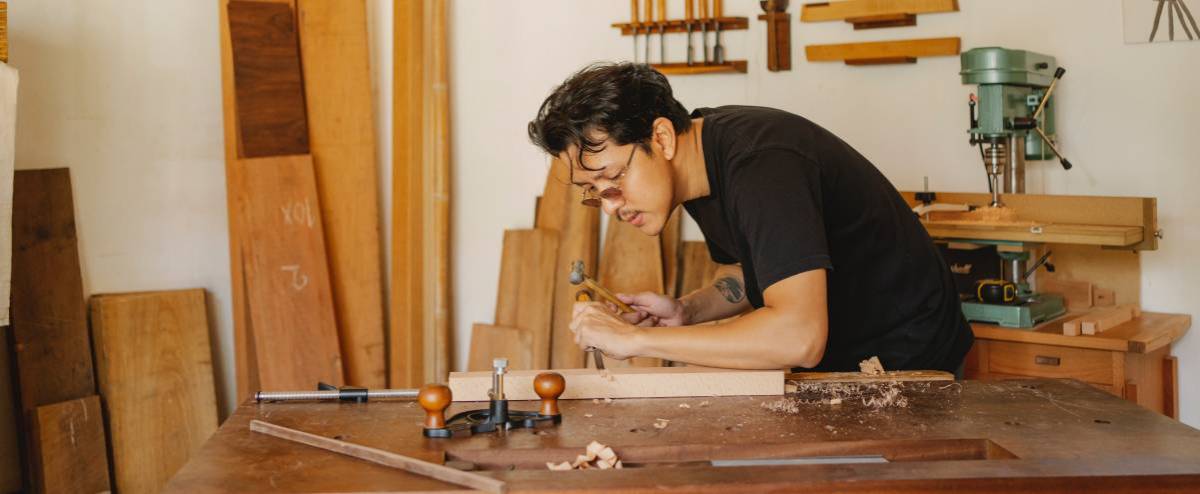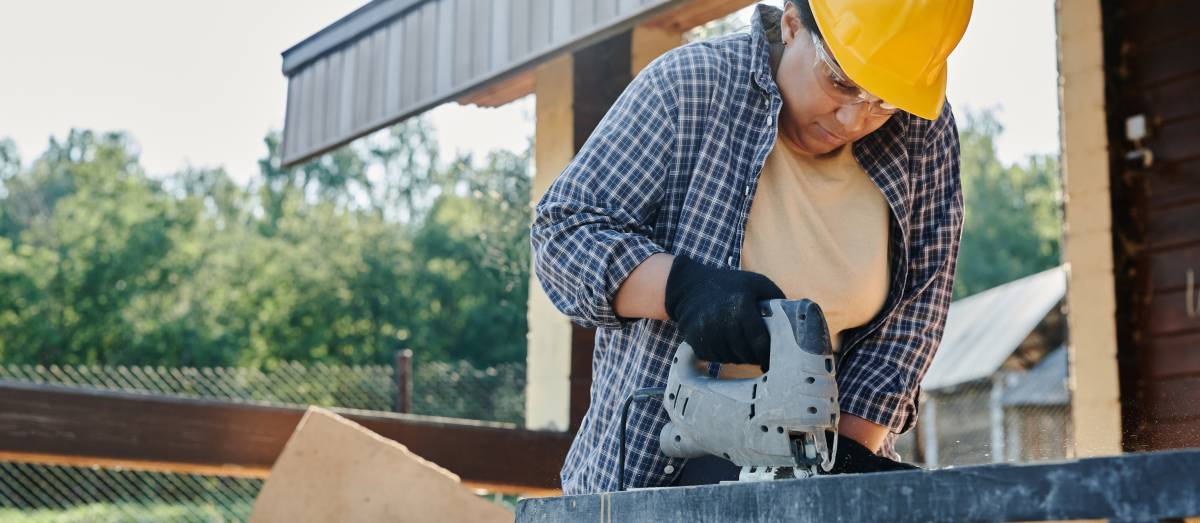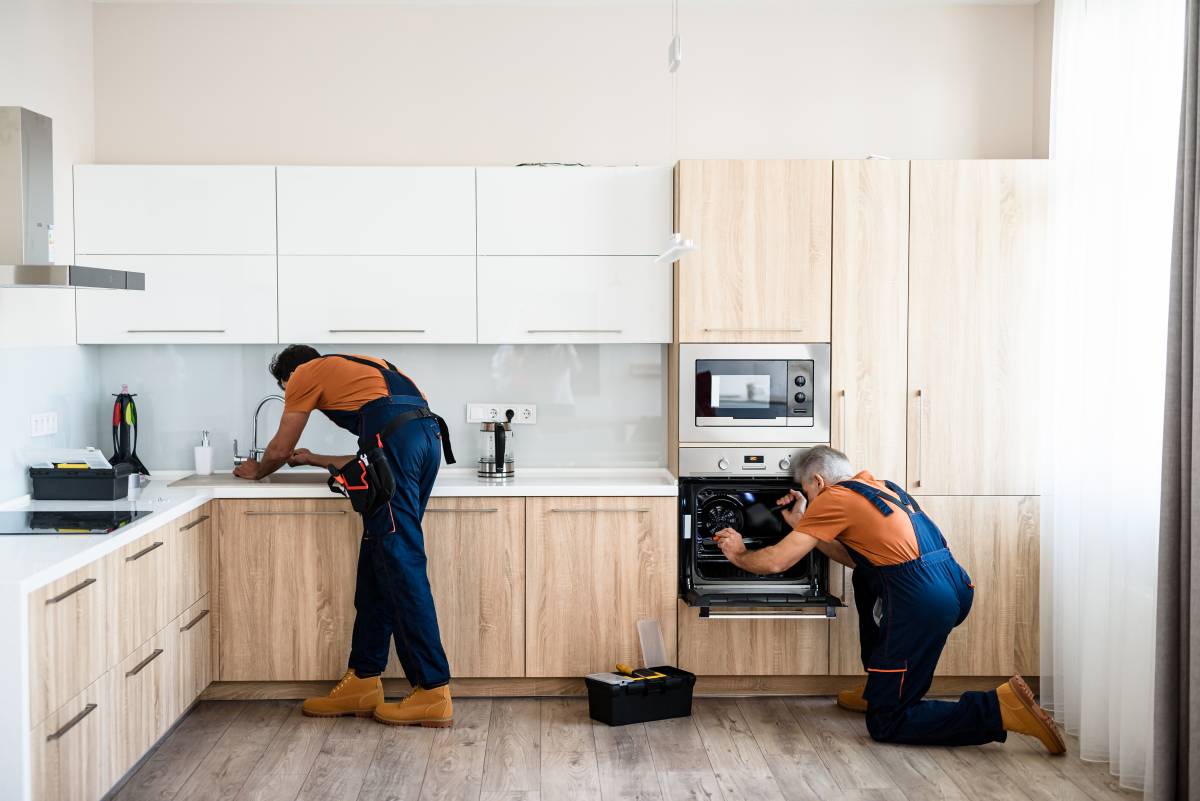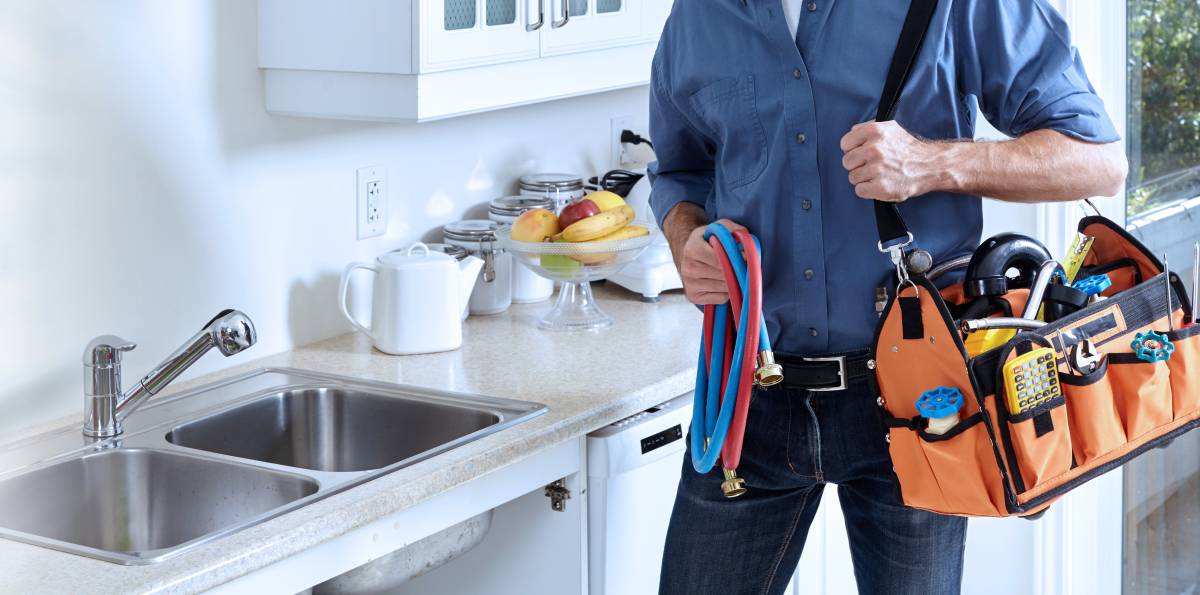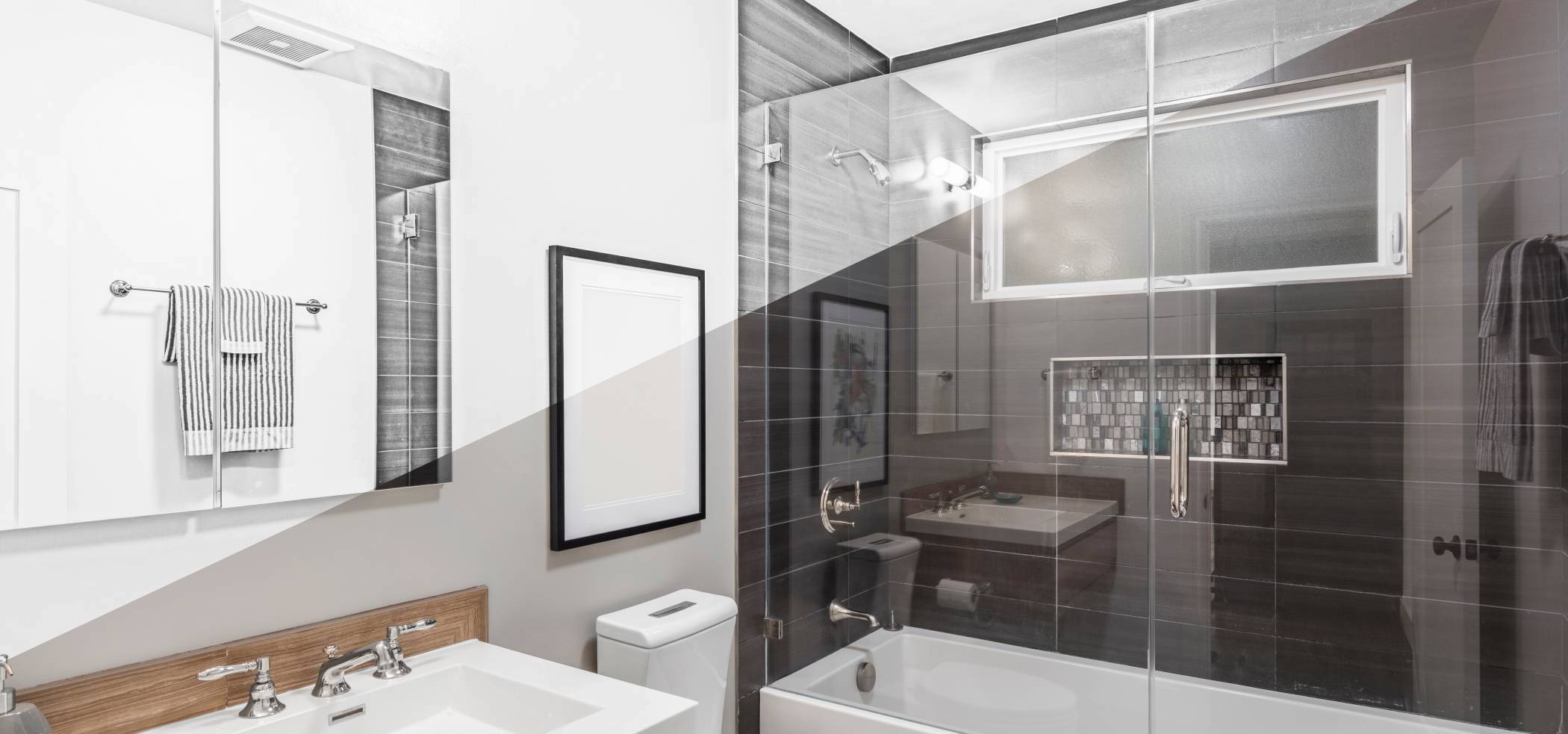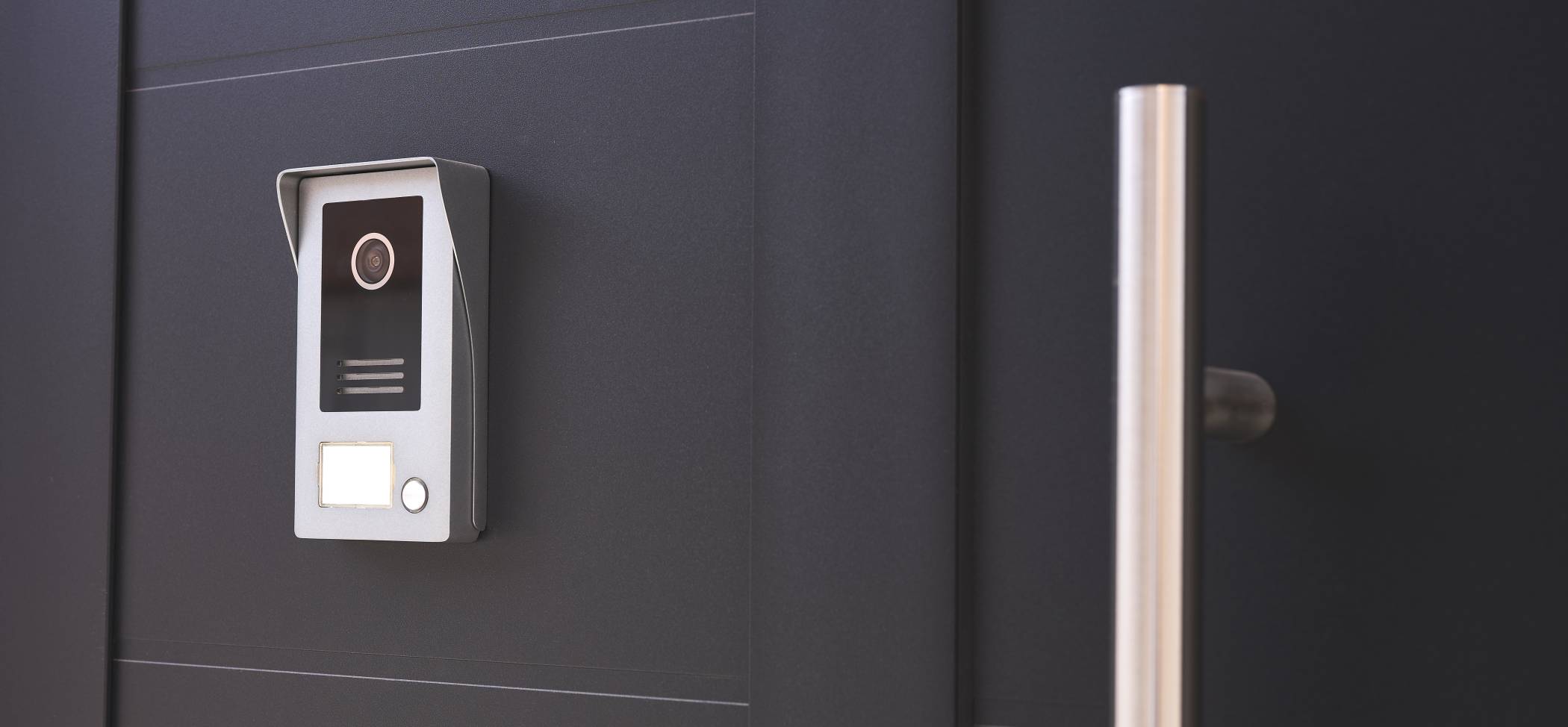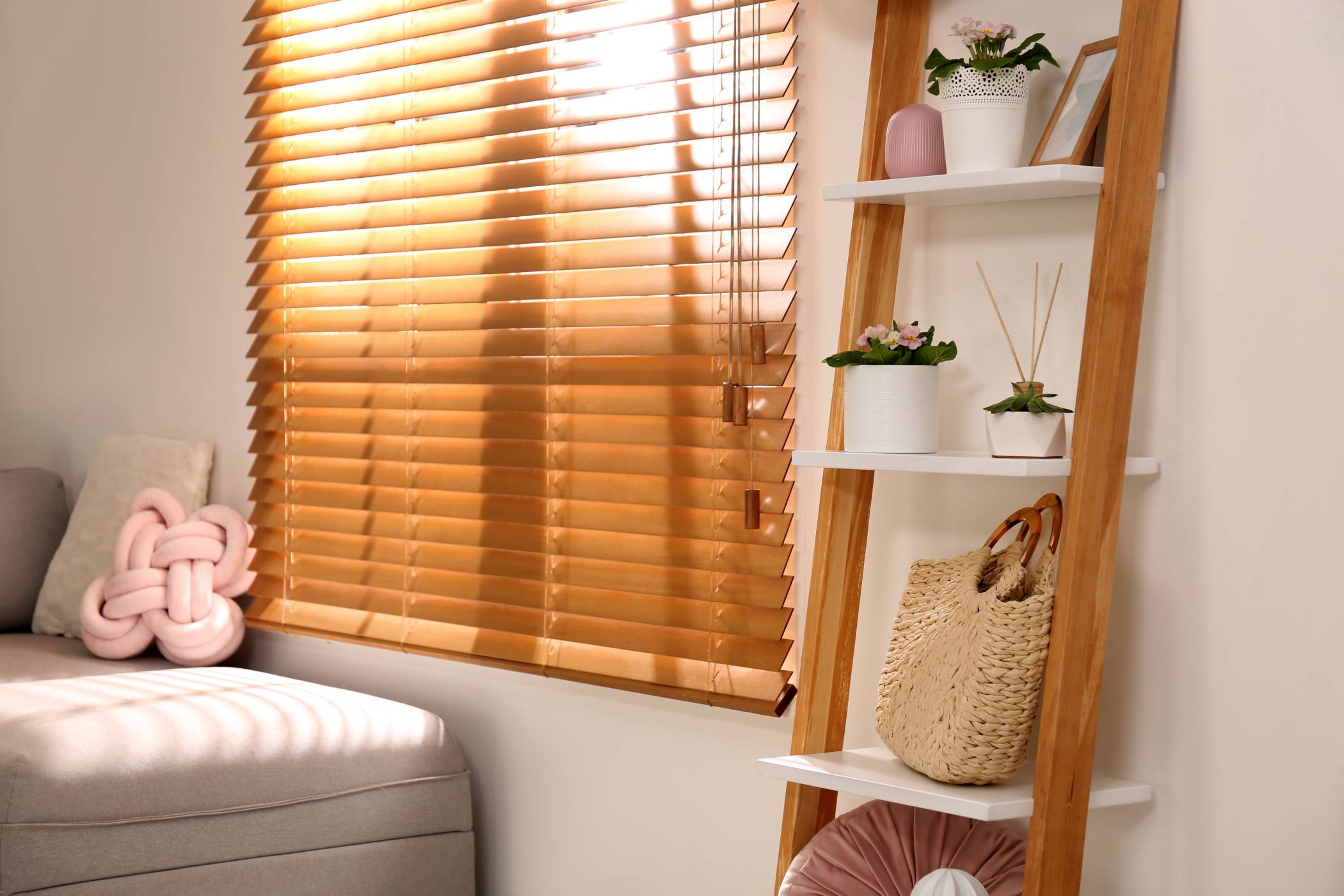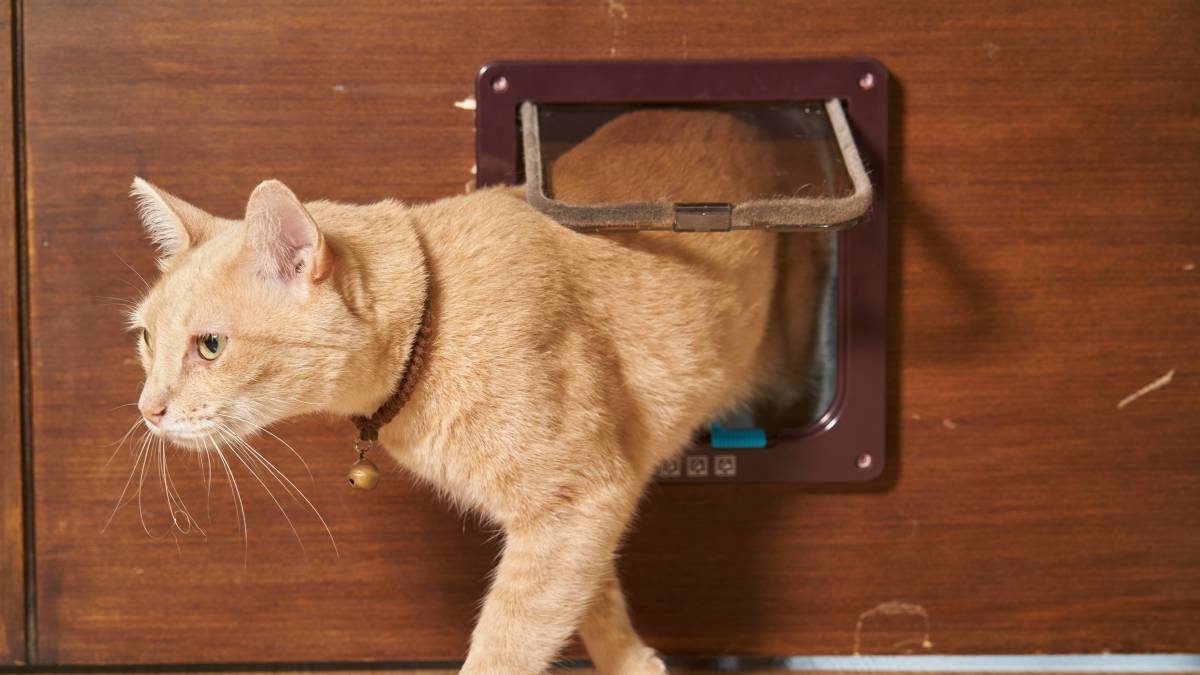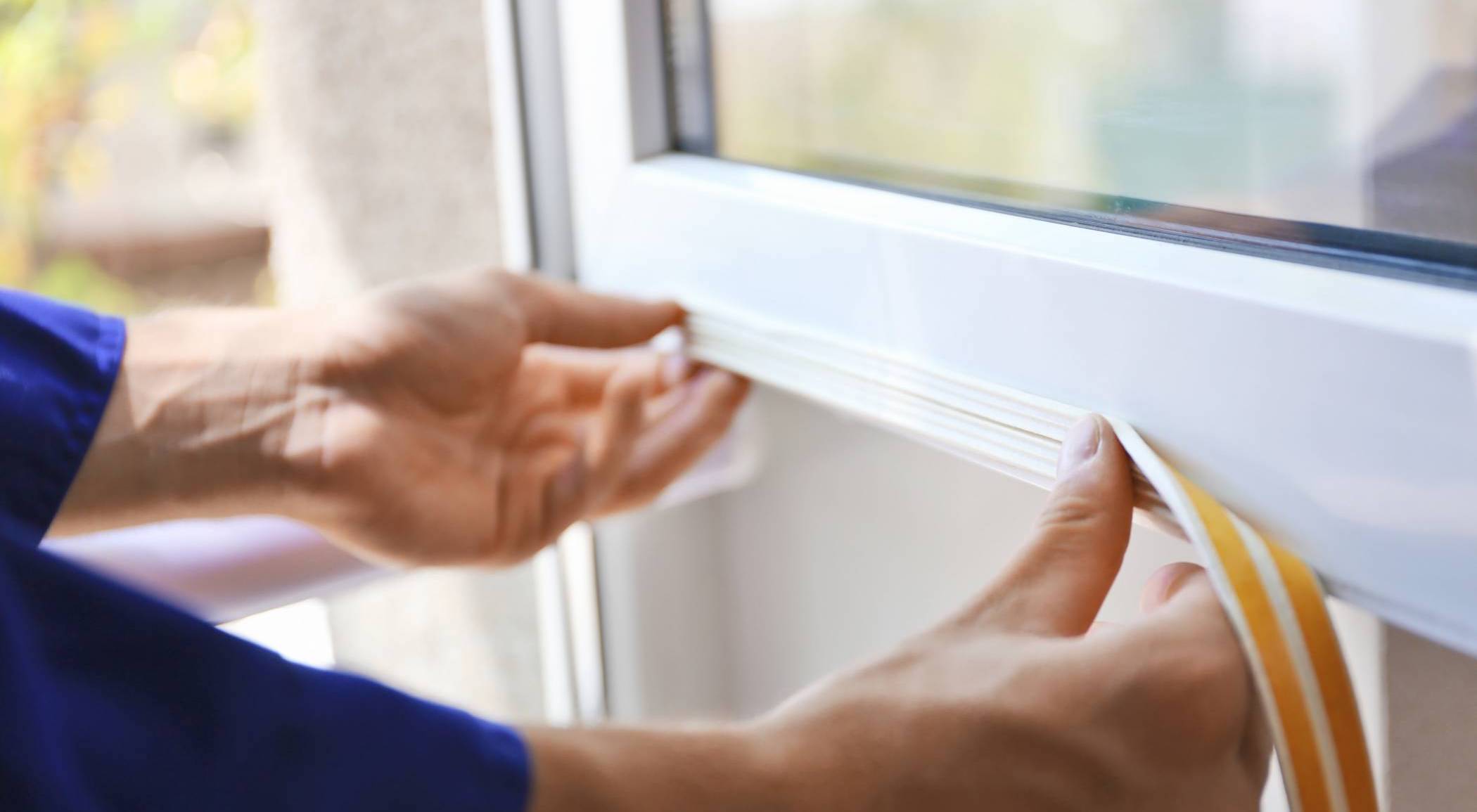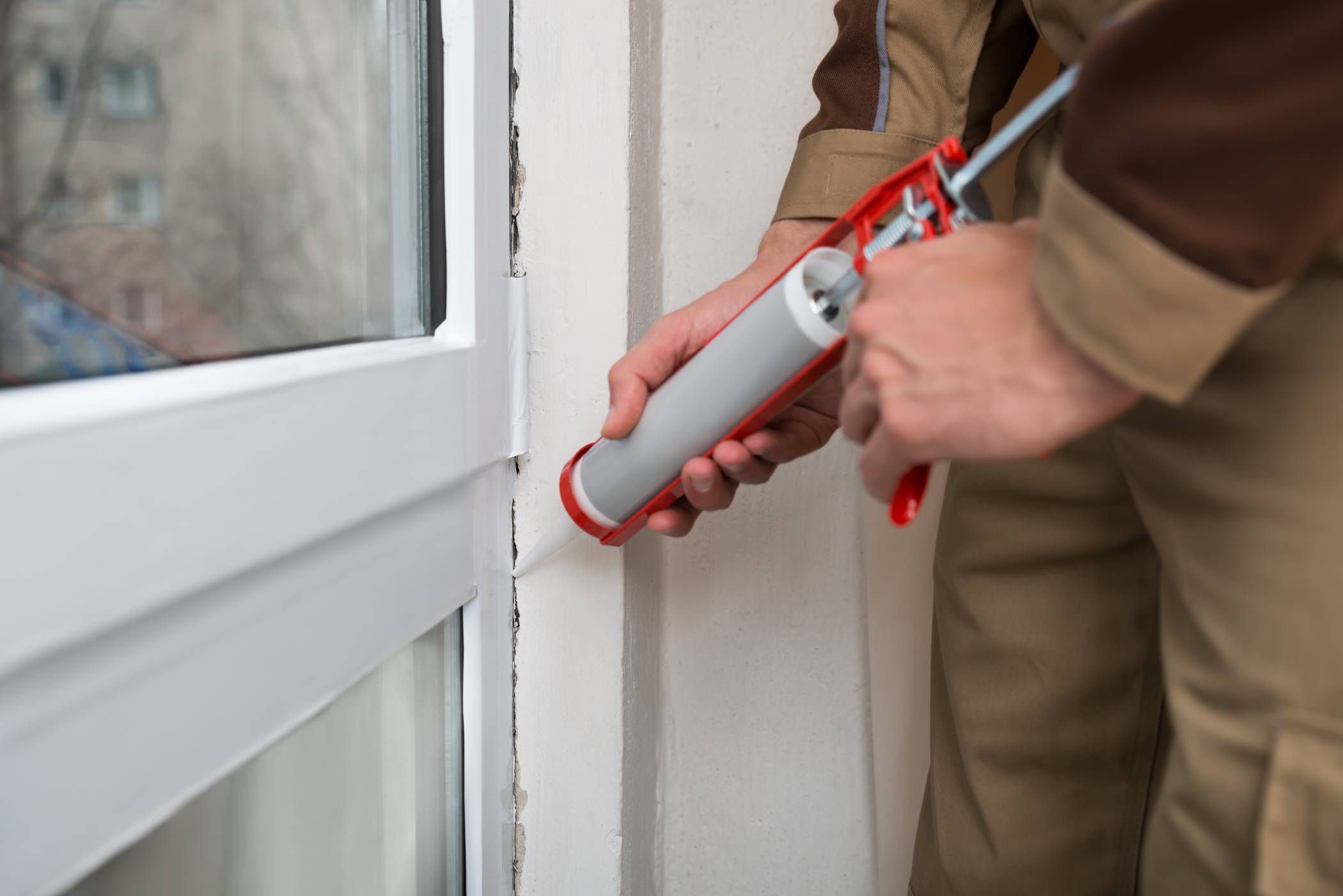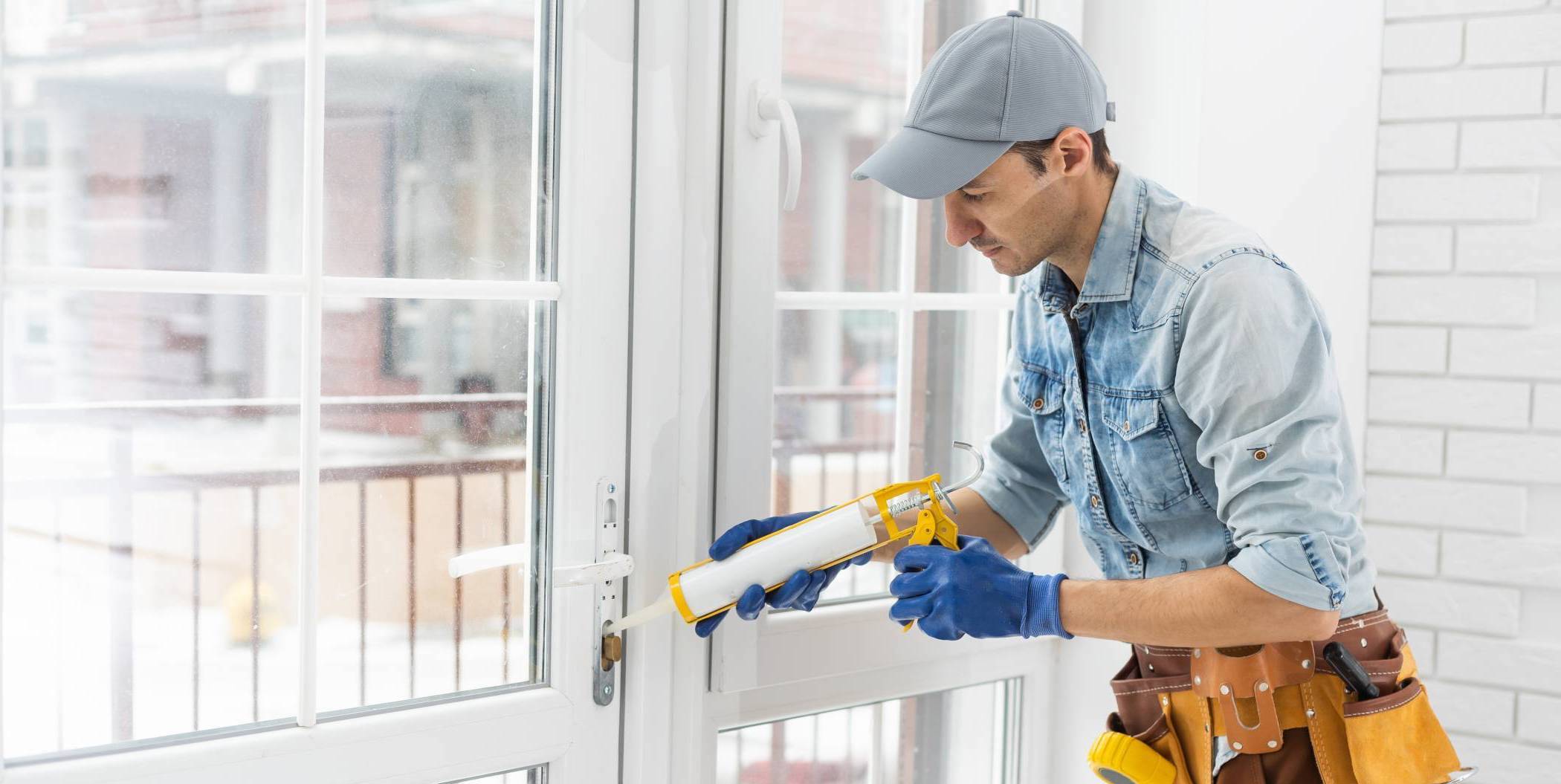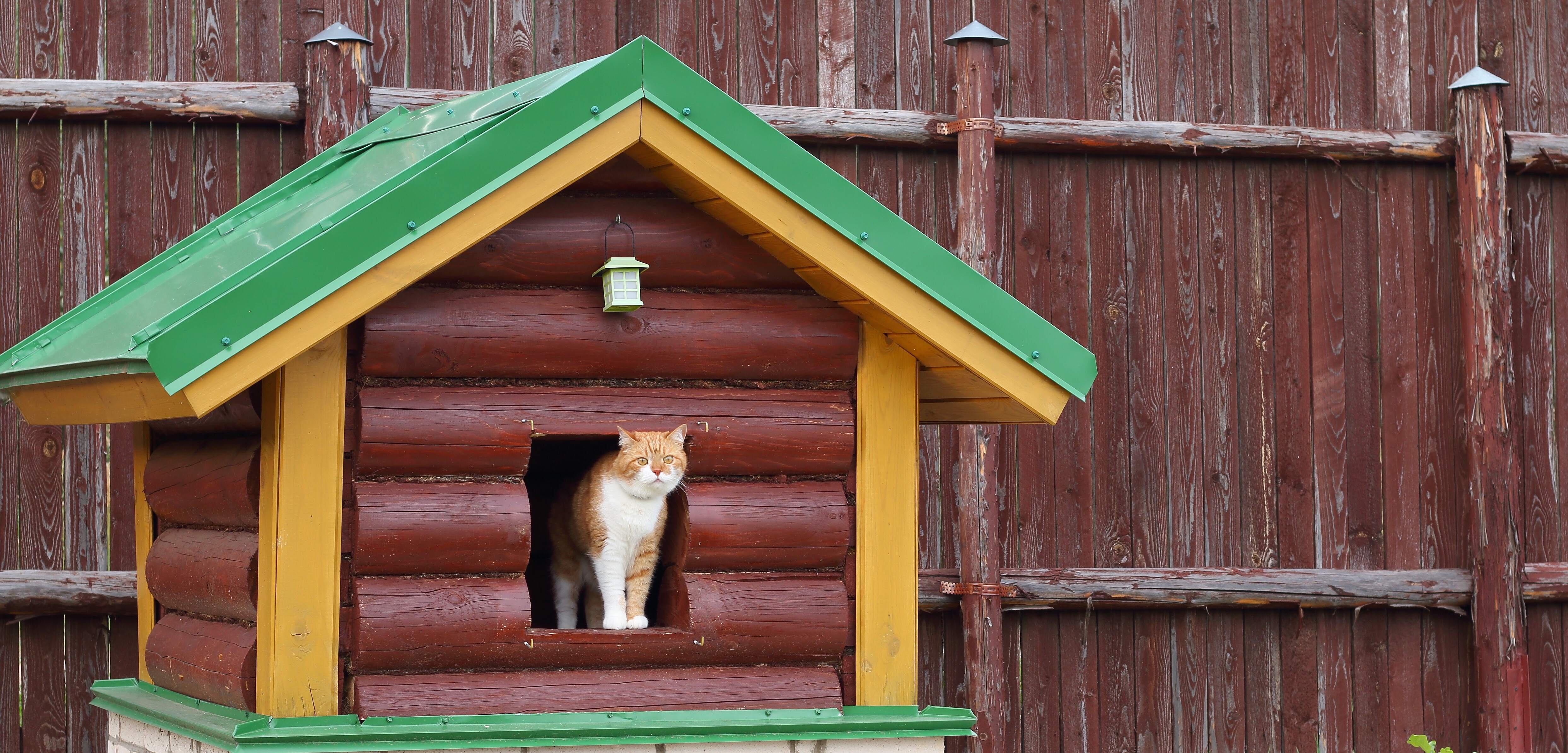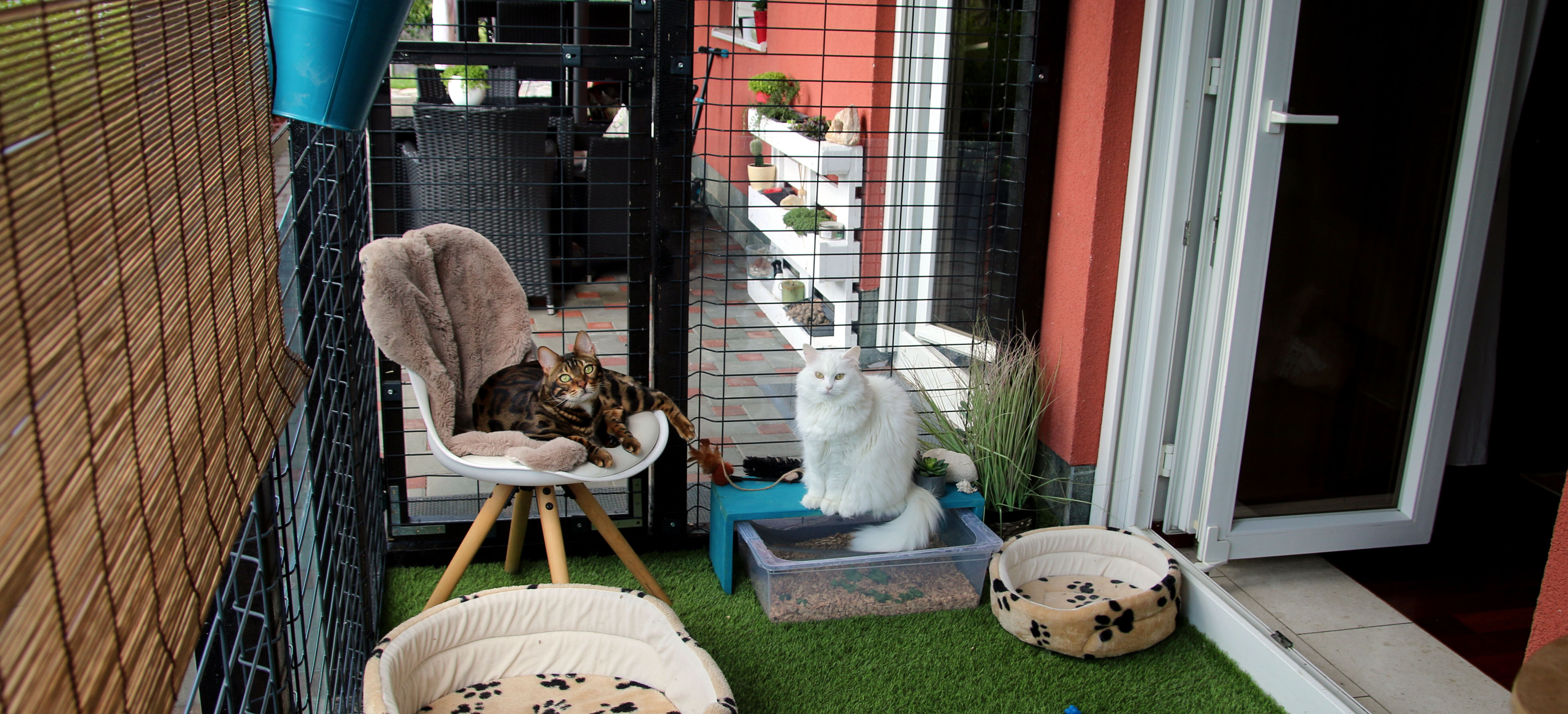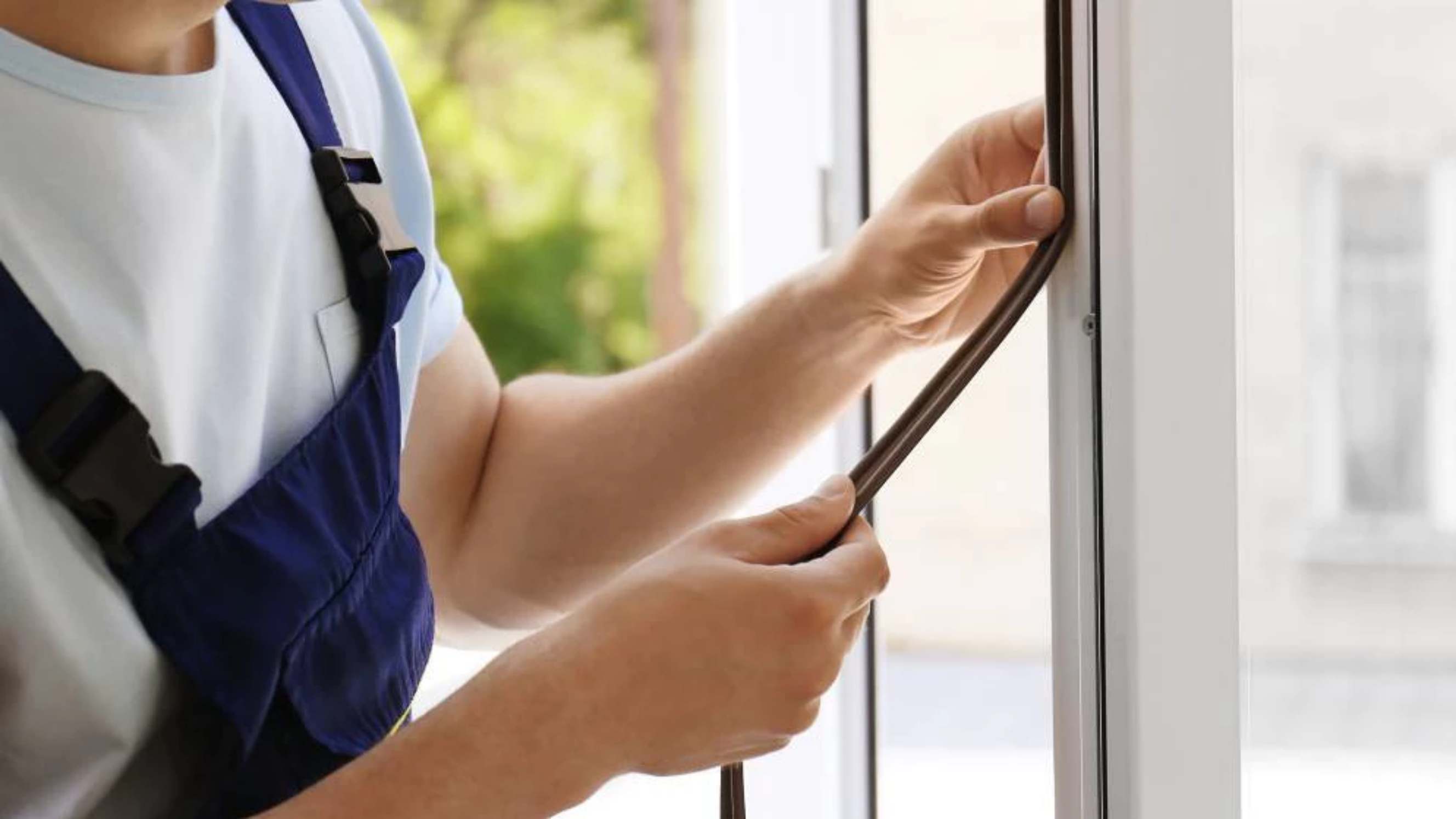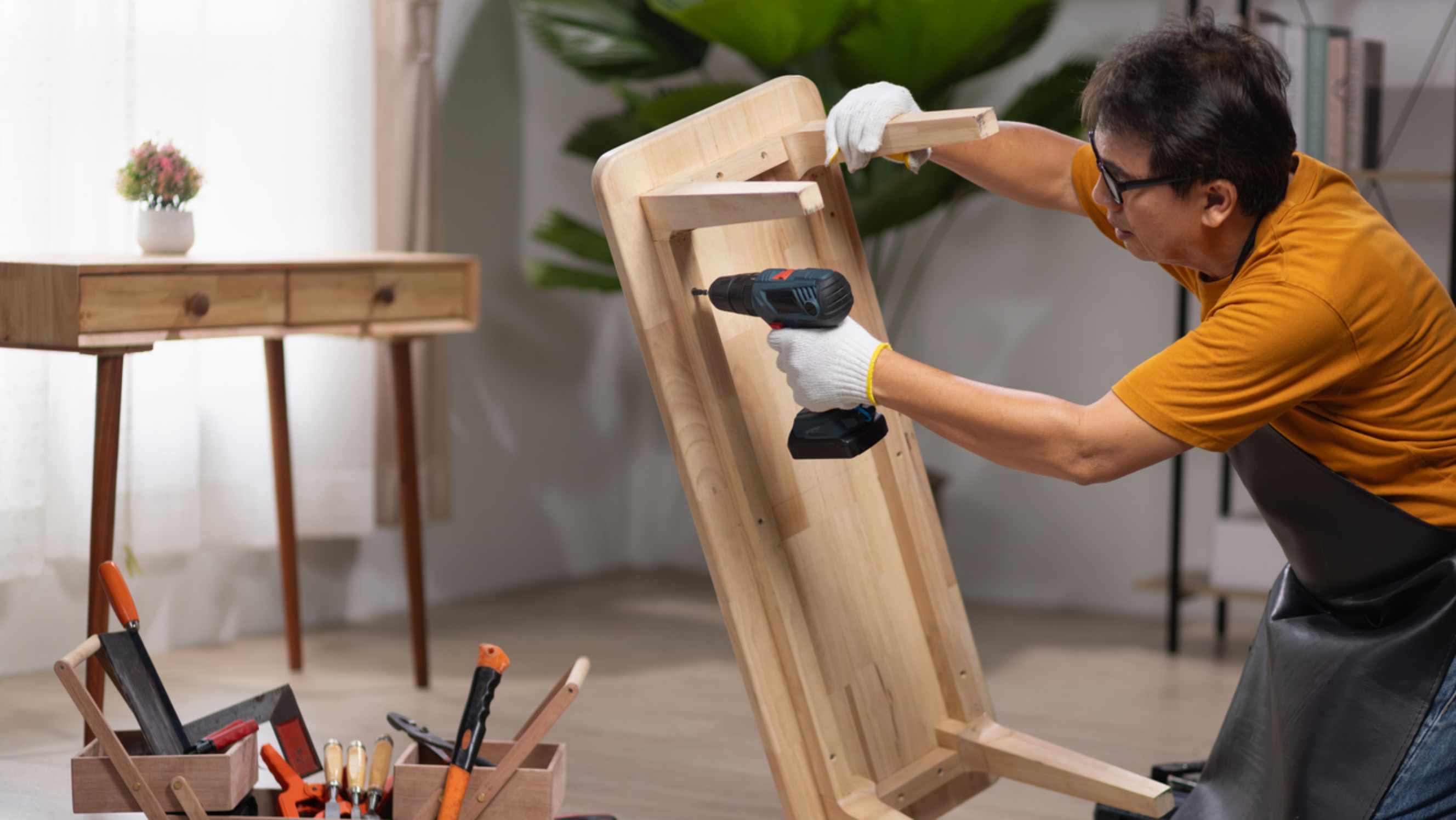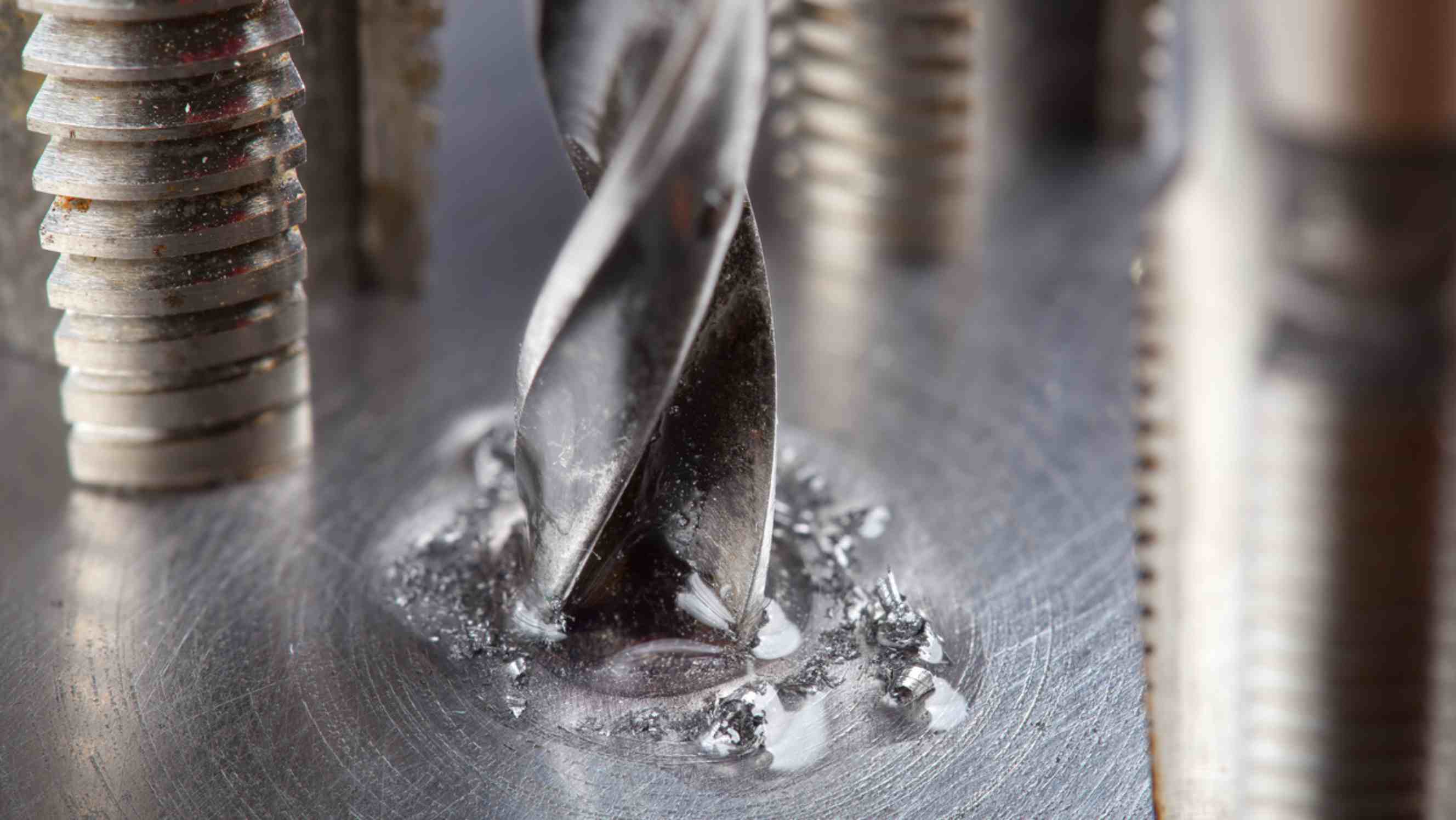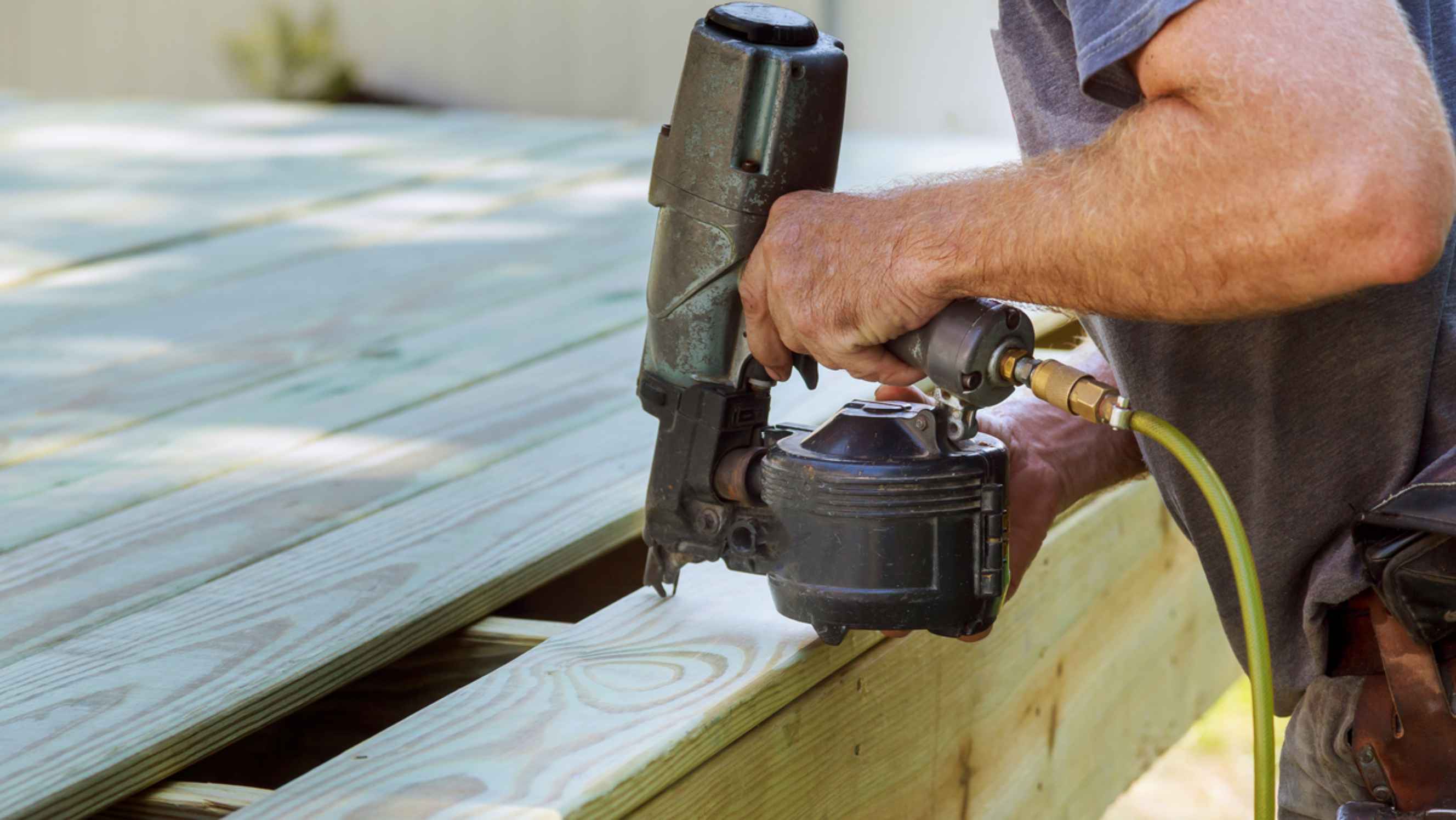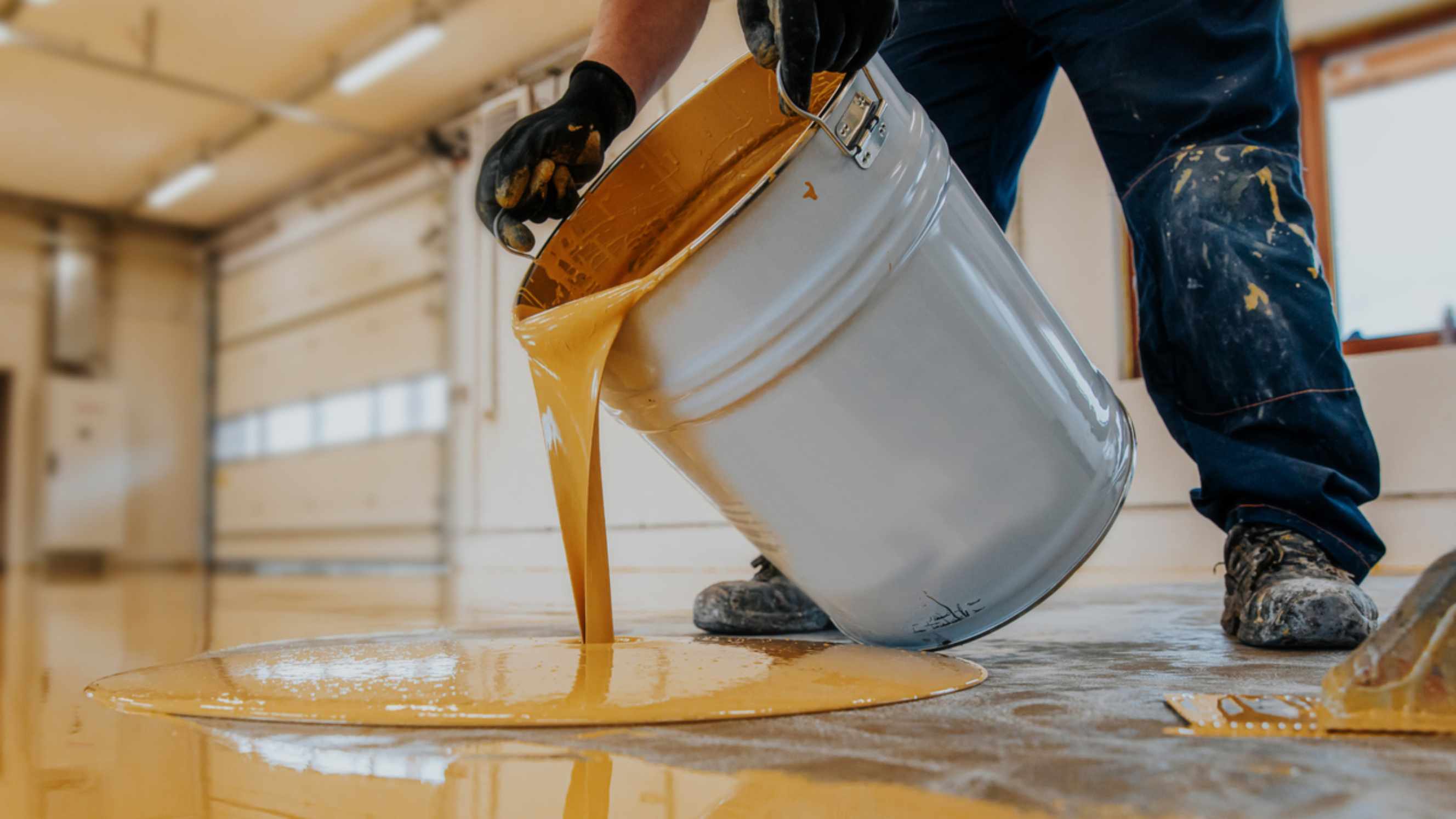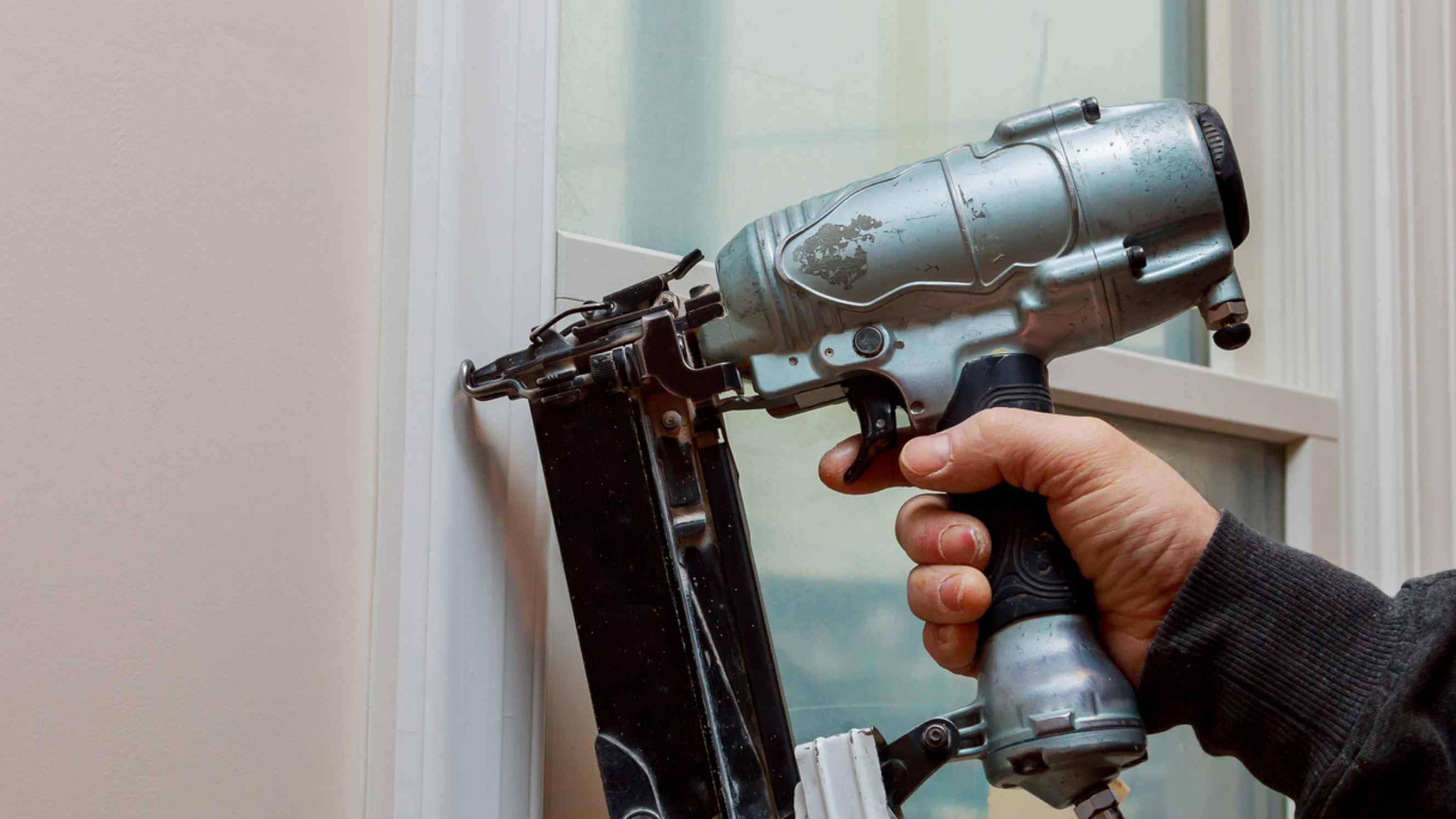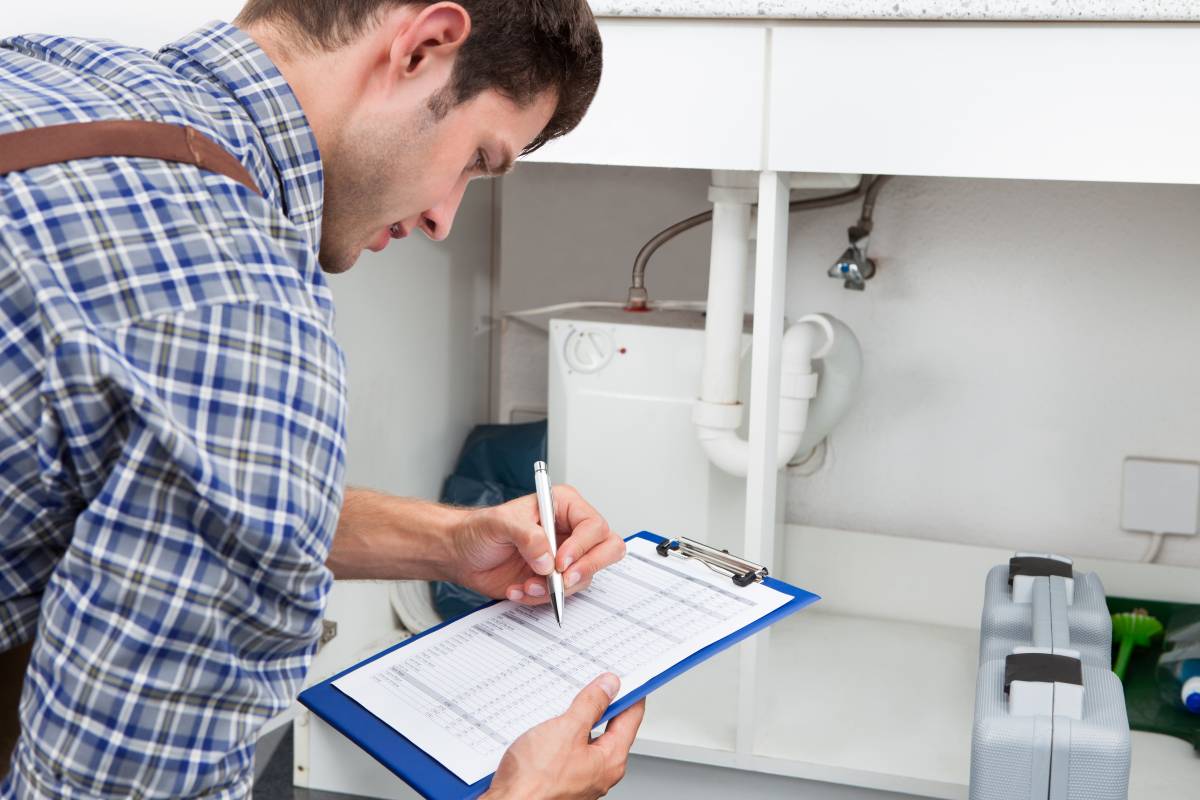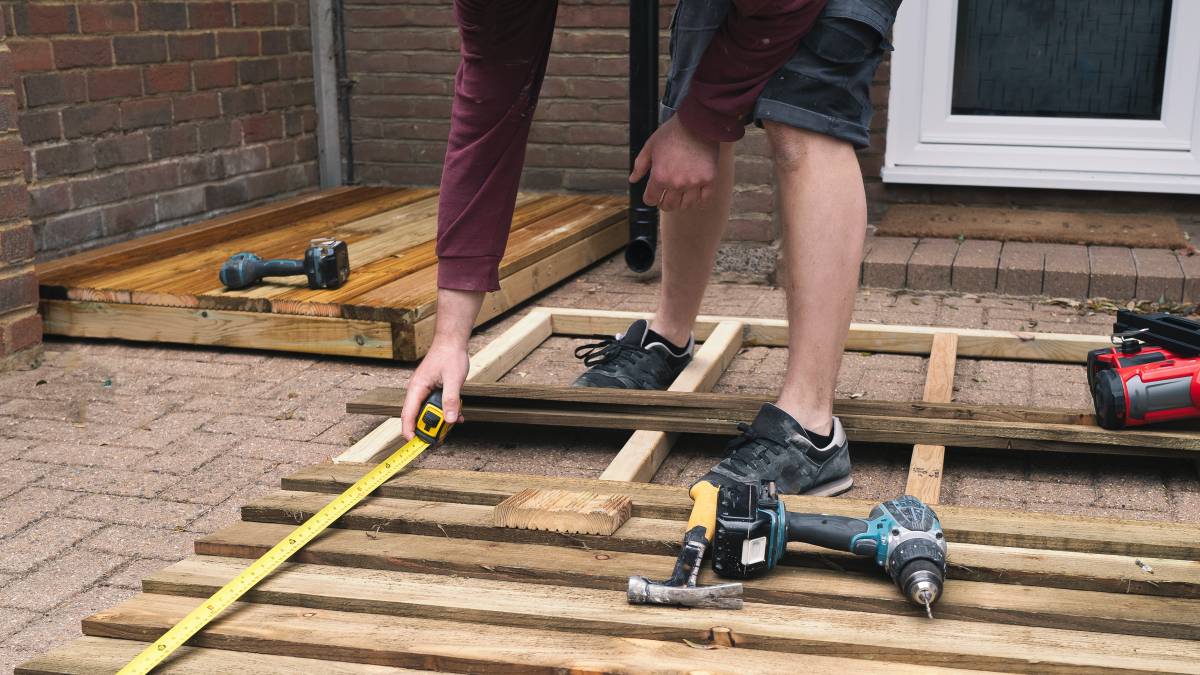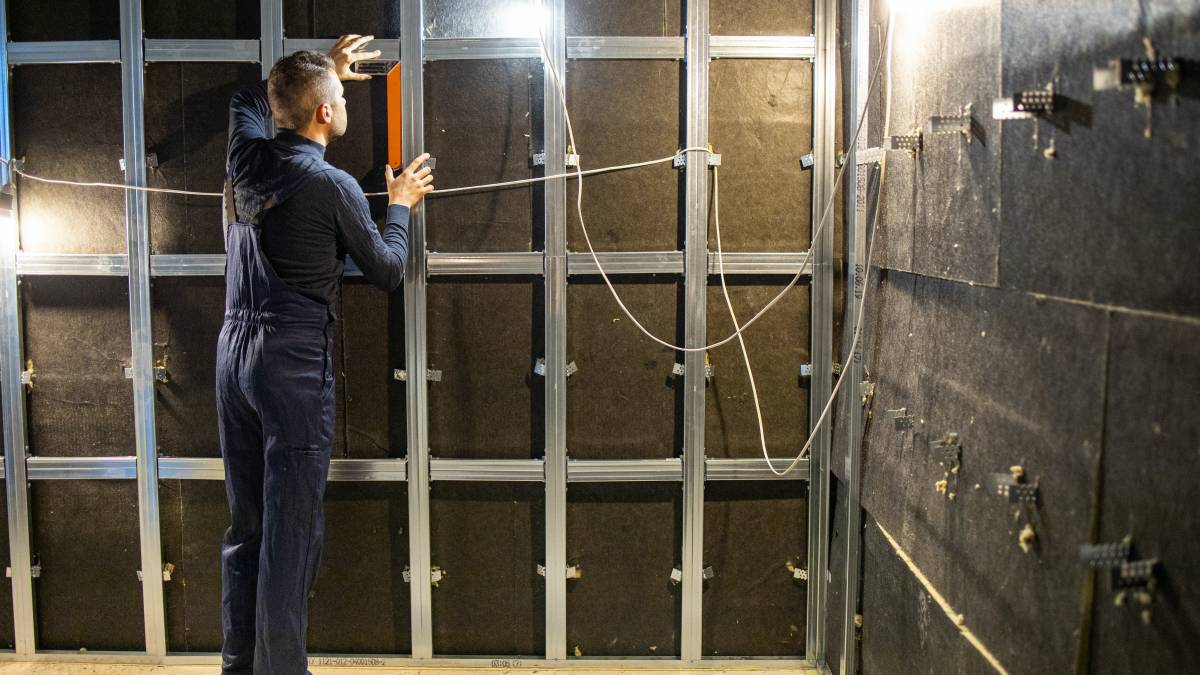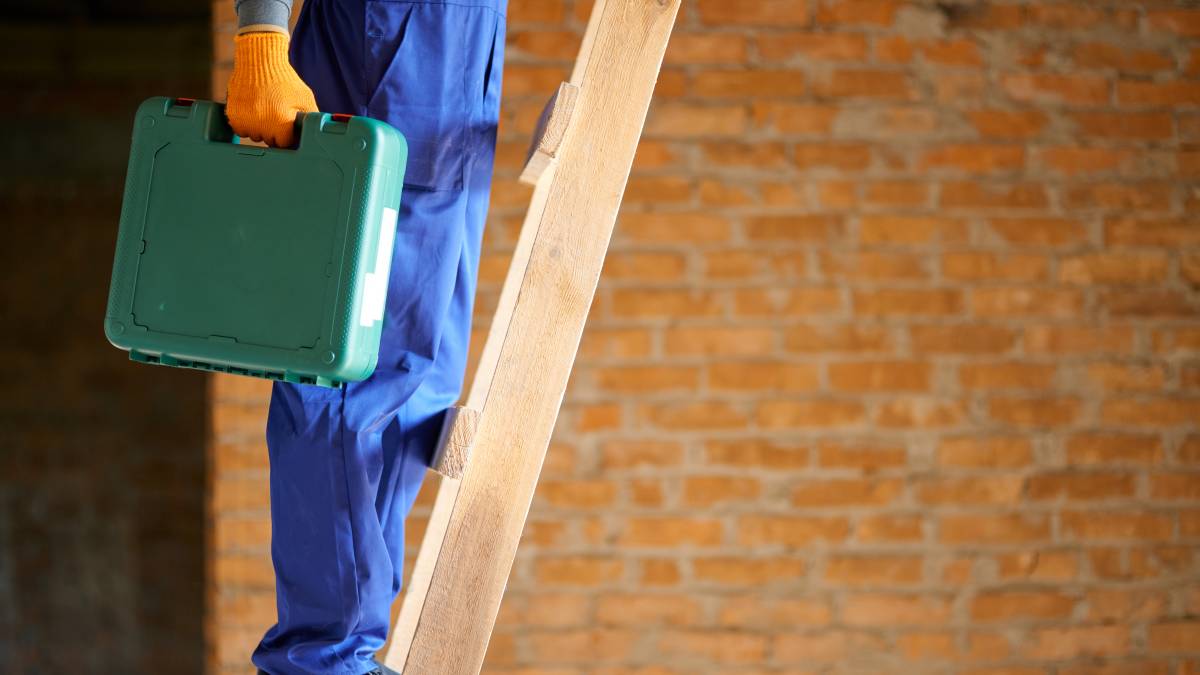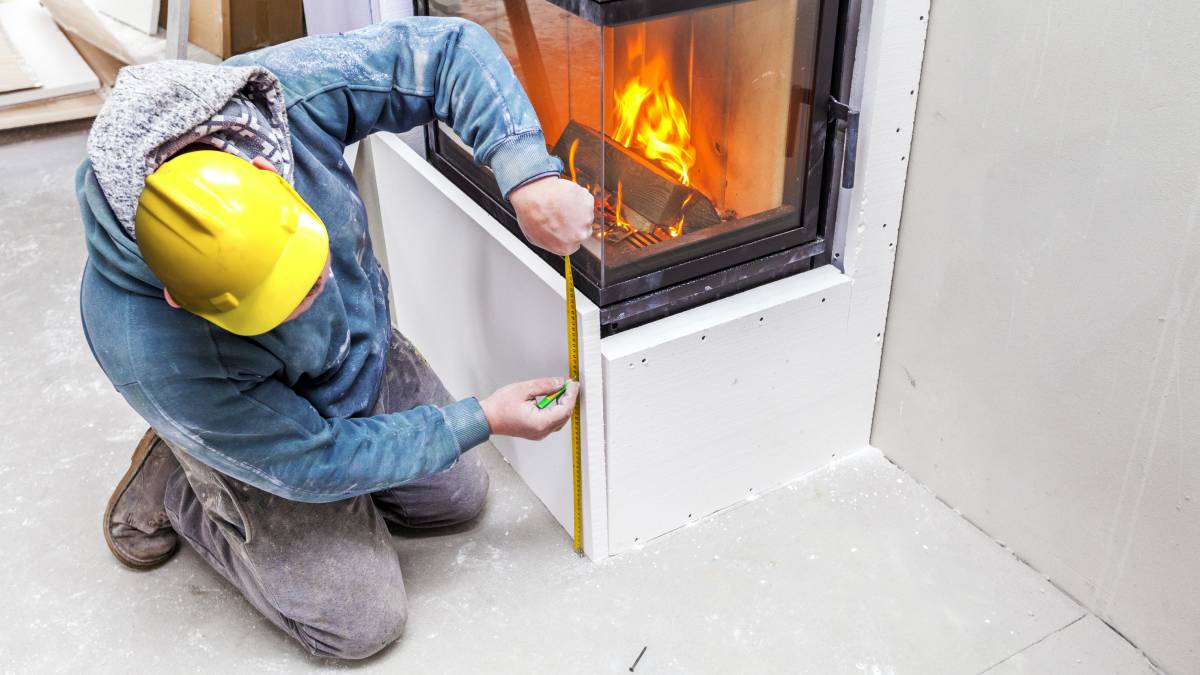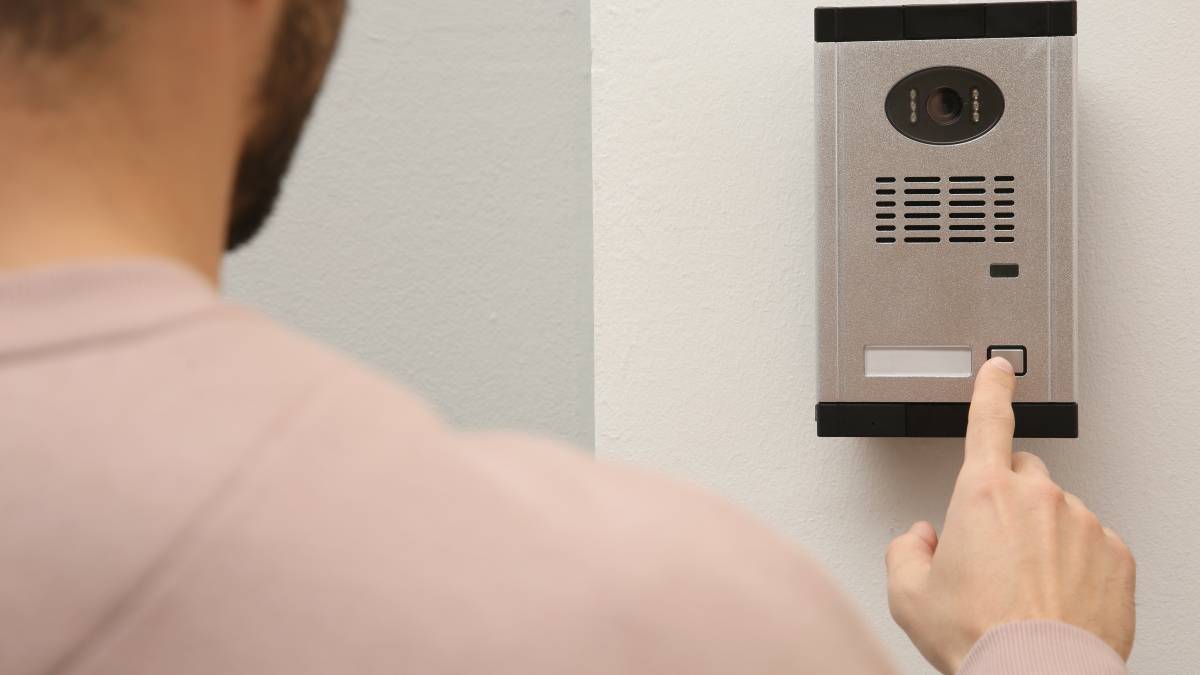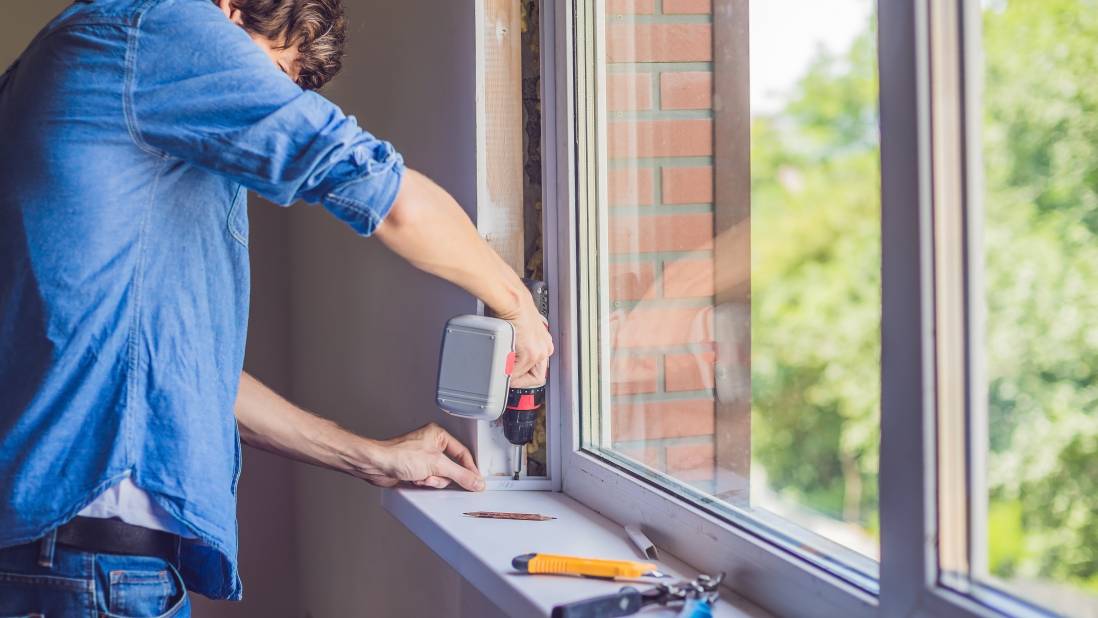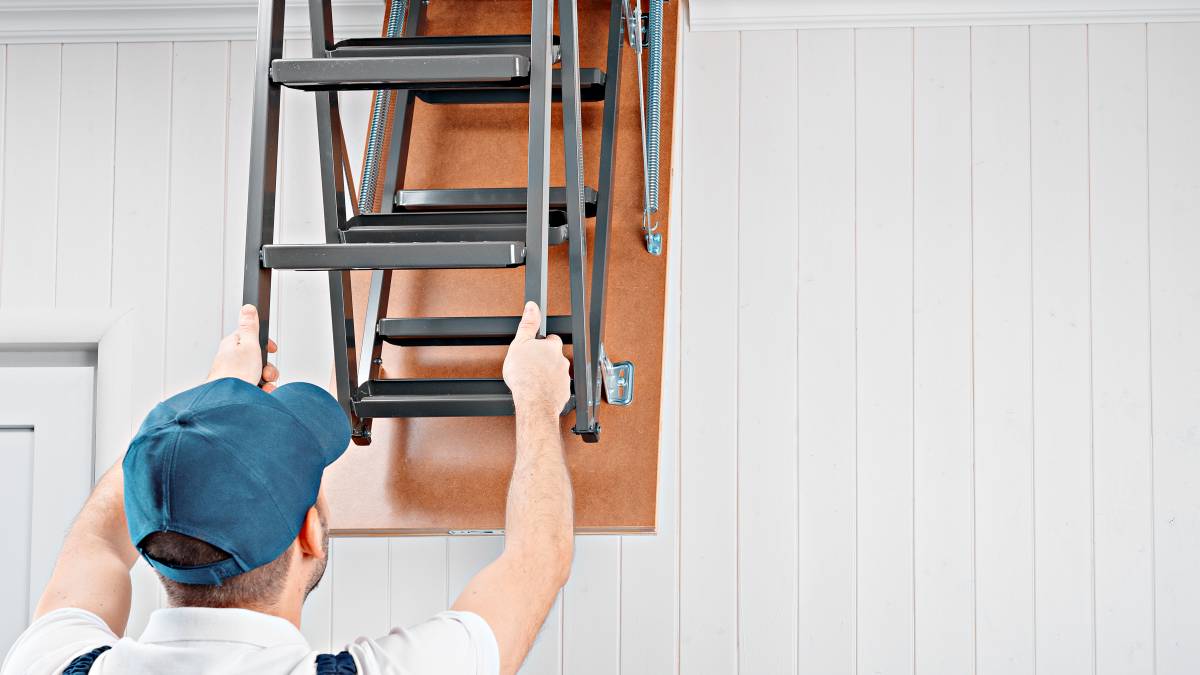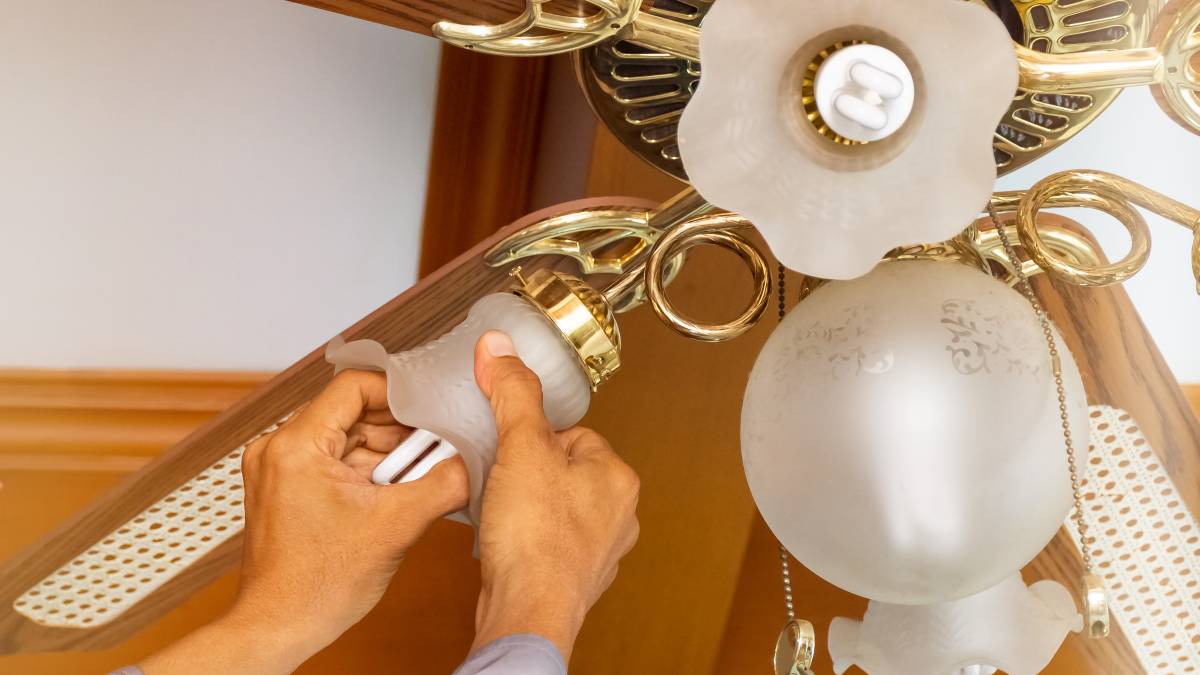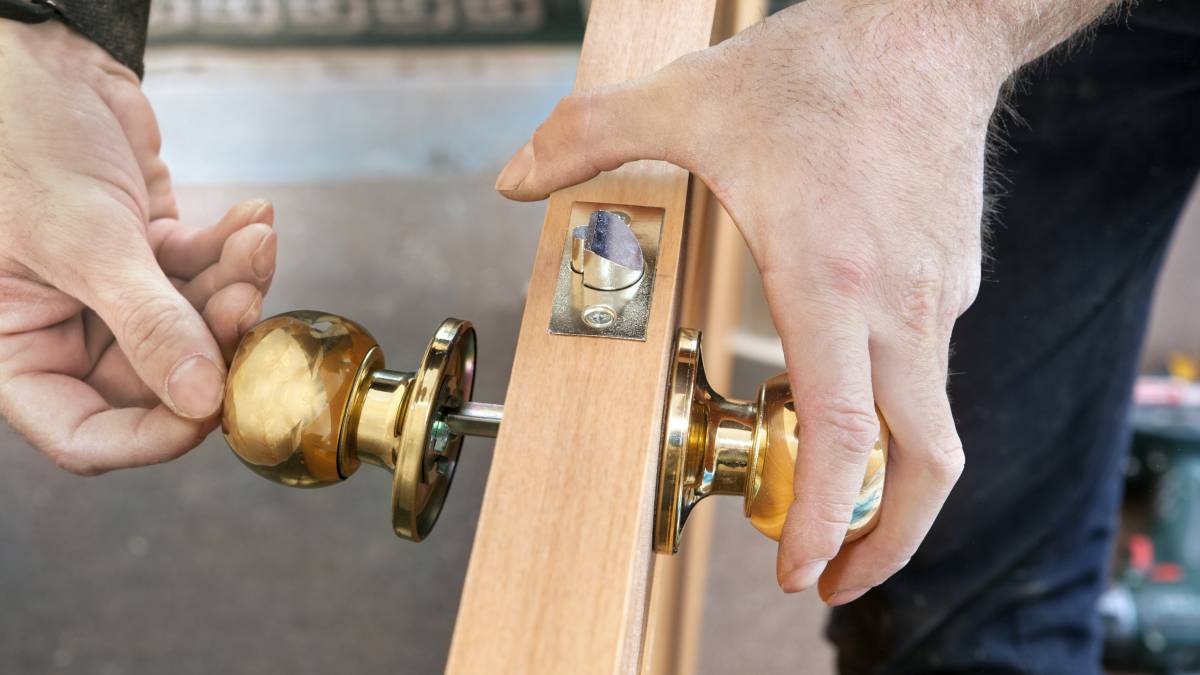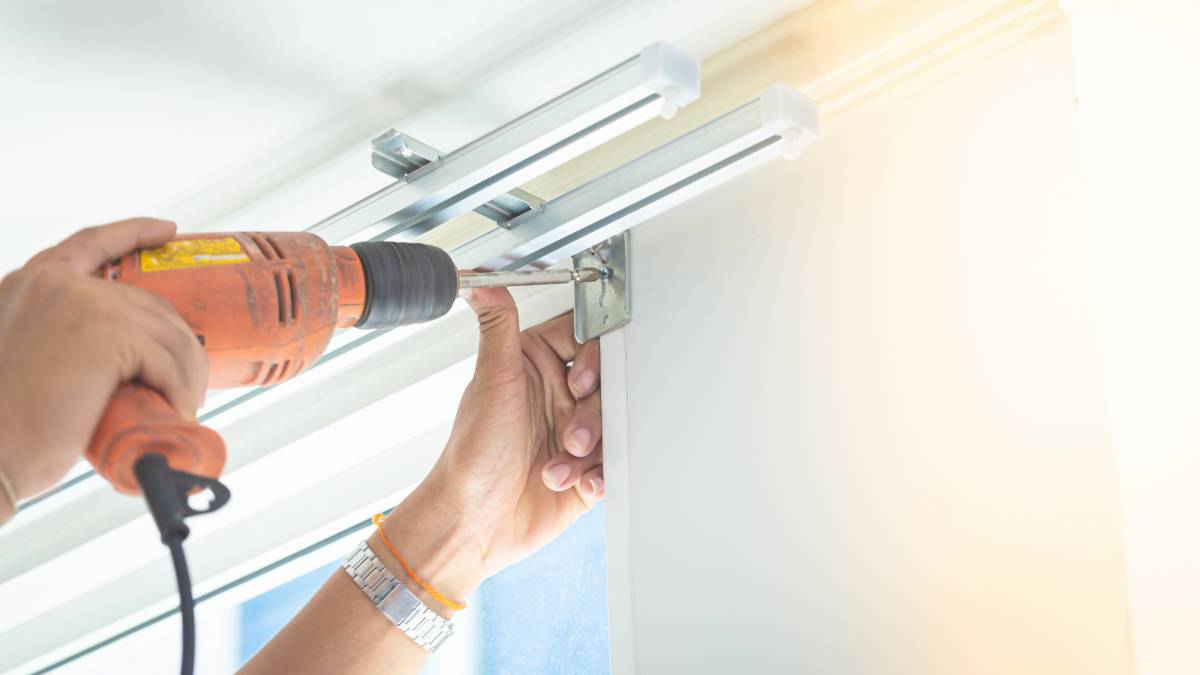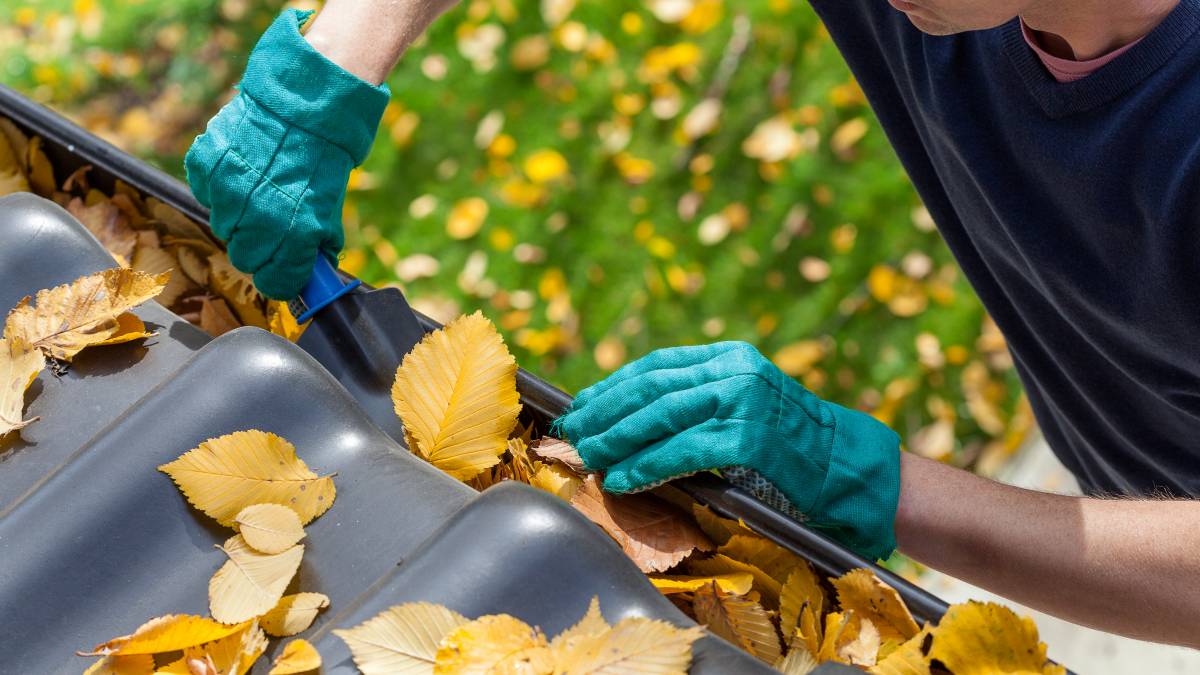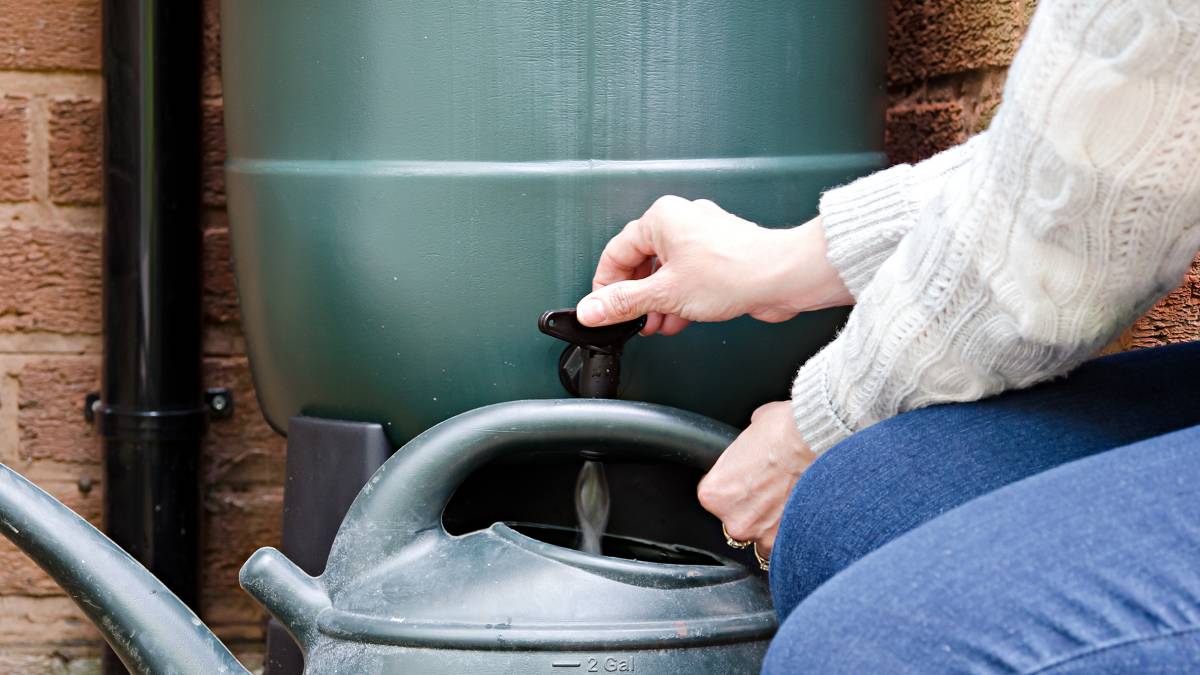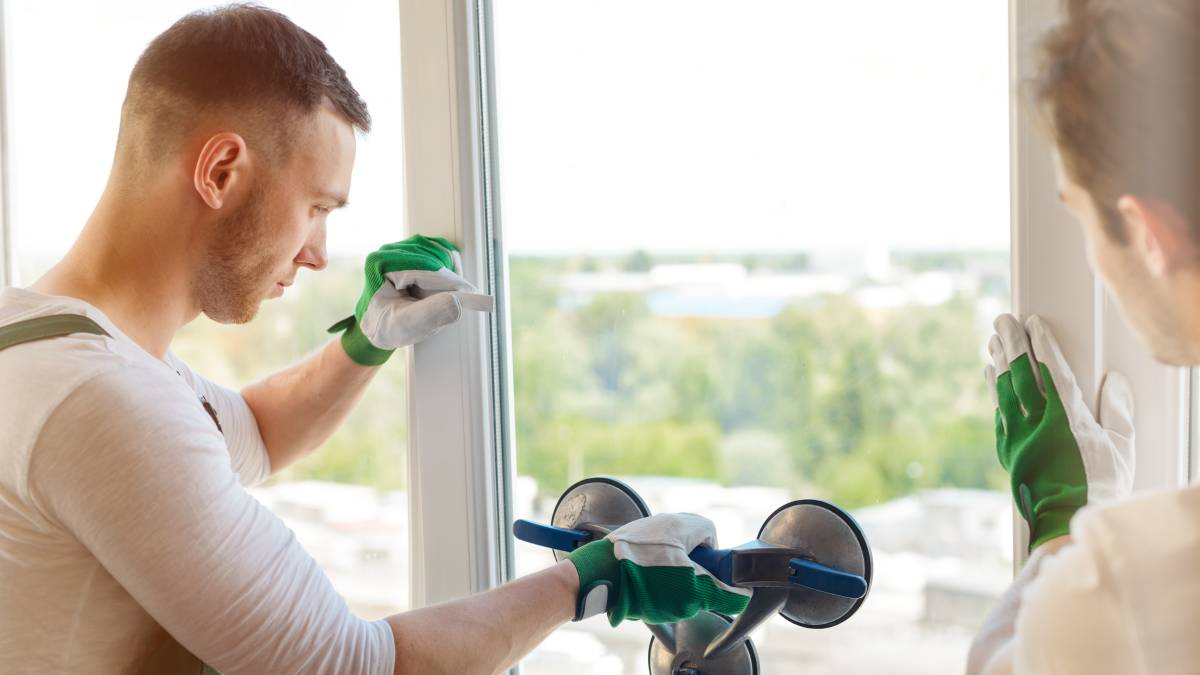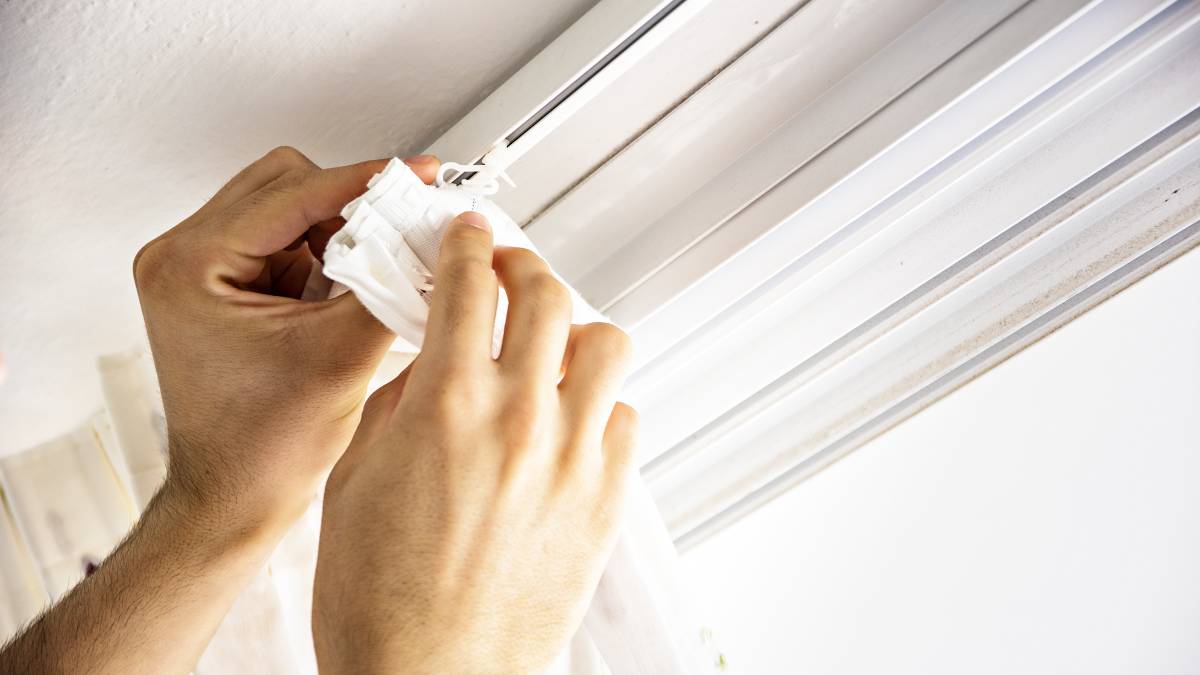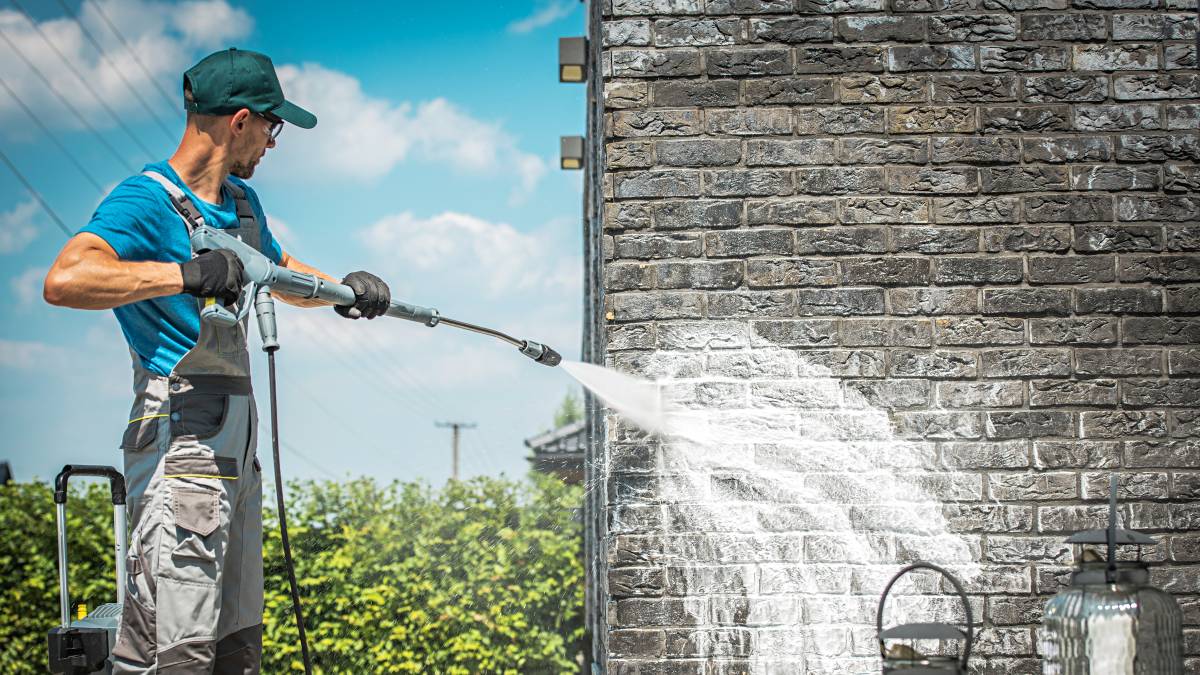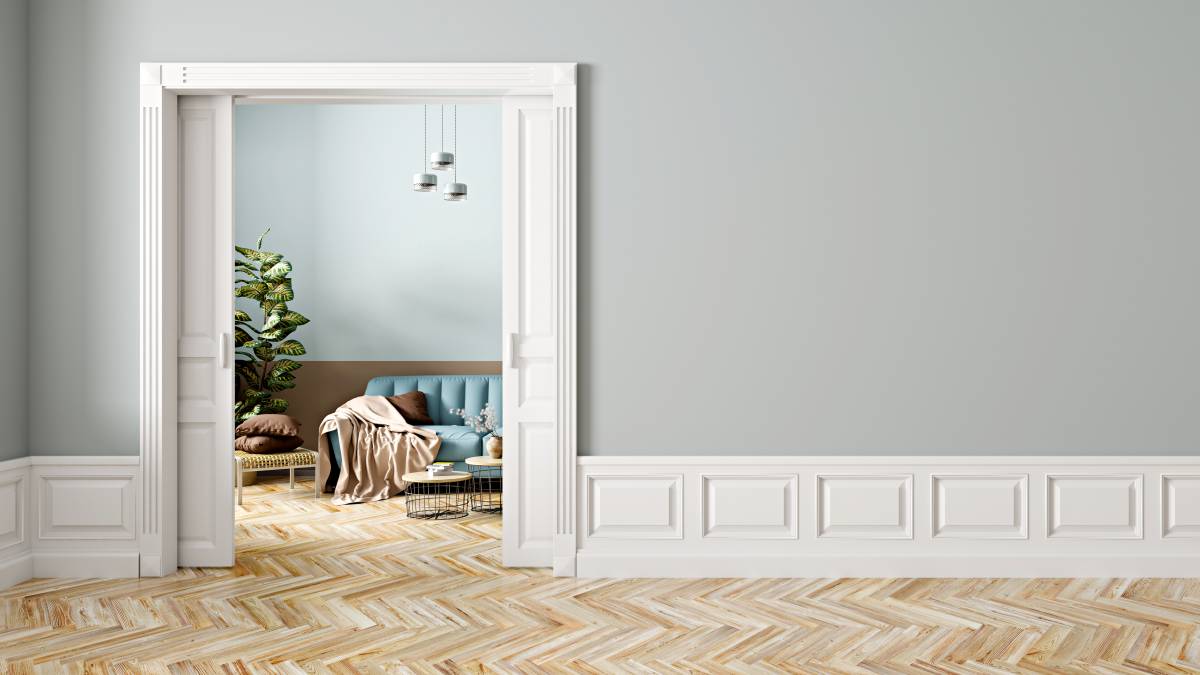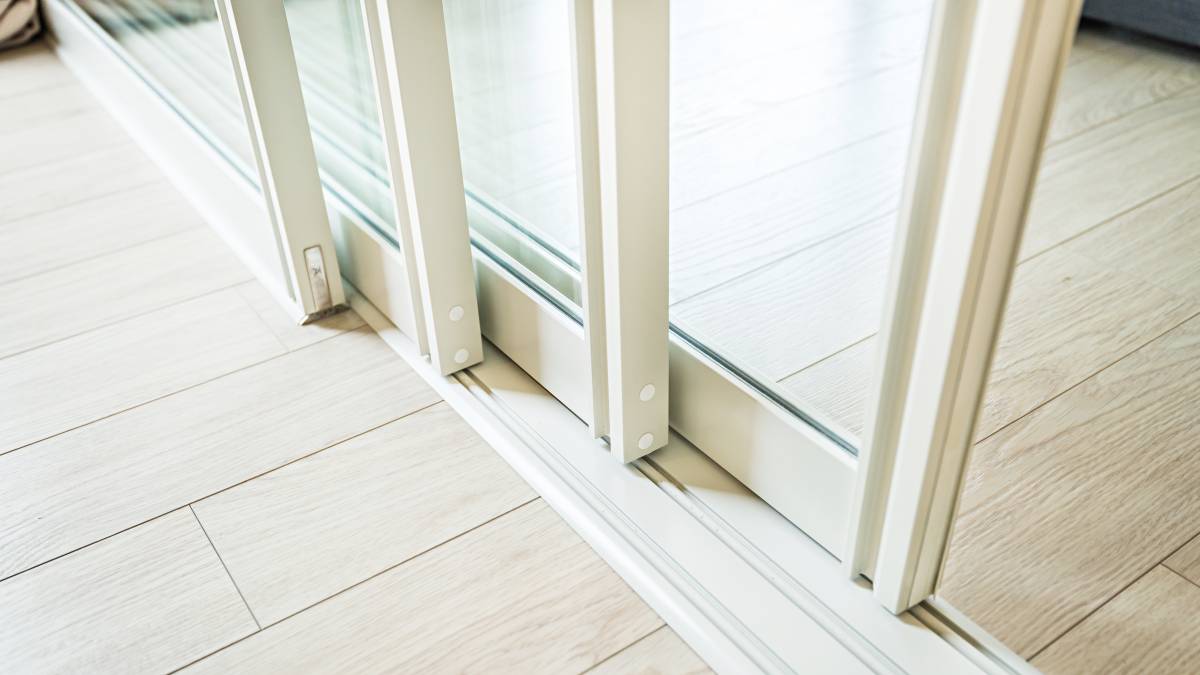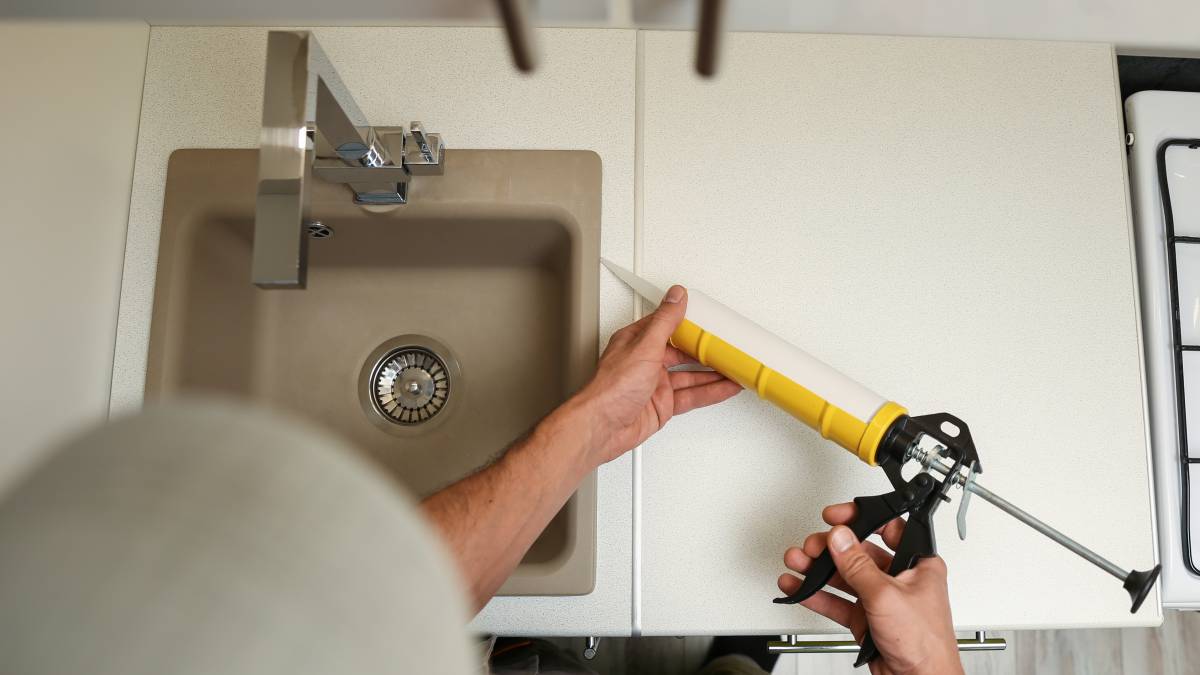- Home/
- Guides/
- Flyscreen Installation/
- How to install a flyscreen

No more gaps: A no-fuss guide to flyscreen installation
Everything you need to keep your home breezy and bug-free
Find a flyscreen installerLast Updated on

Written by Angela A.
Staff Writer
Read more about our contributor
| Skill level | Estimated completion time | Estimated cost |
|---|---|---|
| Beginner to intermediate | 1 to 2 hours per screen | Starts at £10 for a 2-metre screen |
Key Facts
Screens with UV-blocking features help reduce sun glare and indoor heat.
Adjustable and retractable screens offer more flexibility for different window sizes.
Flyscreens should fit snugly without gaps, so check for light leaks after installation.
With rising concerns over fly infestations, more UK homeowners are turning to window screens to keep pests out. In Norfolk, for example, locals have struggled with severe fly swarms during summer, forcing many to rely on zappers, flyscreens, and repellents to protect their homes. While these temporary fixes help, properly installed flyscreens remain one of the most effective and long-term solutions.
If you’re wondering how to install a flyscreen for your home, this guide breaks down all the steps you need to consider. We’ll also cover flyscreen installation tips to maximise airflow, reduce household pests, and create a more comfortable living environment.
4 reasons why you need to install a flyscreen
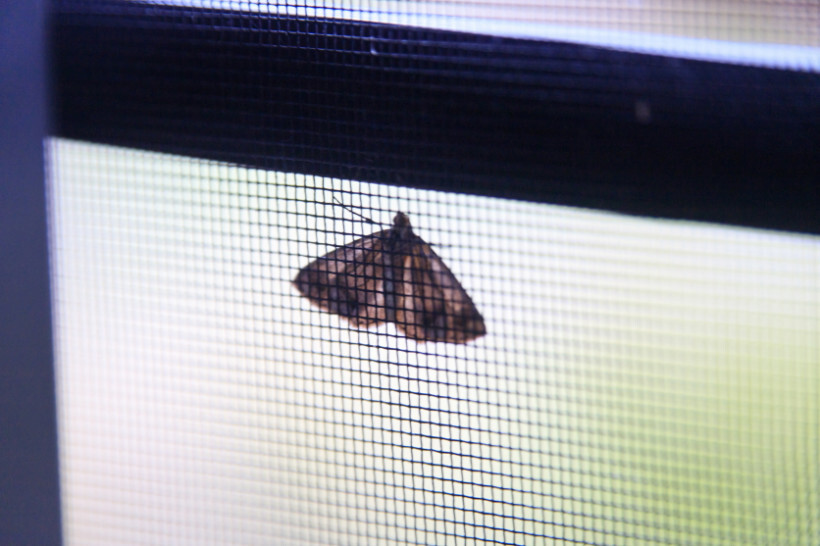 A moth on a new flyscreen. (Source: iStock)
A moth on a new flyscreen. (Source: iStock)
Putting in window screens doesn’t just keep bugs out. It’s a simple upgrade that makes your home more comfortable, energy-efficient, and even easier to maintain. If you’re wondering if replacing a window screen is worth the DIY effort, here are four solid reasons why:
- Keeps insects and debris out while letting fresh air in. Fly screens prevent flies, wasps, and mosquitoes from entering your home, especially in summer when wasp infestations are common. They also help maintain hygiene in kitchens by keeping insects away from food preparation areas.
Improves indoor air quality. Cleaner air, fewer allergens—what’s not to love? Screens make it easier to breathe, especially for anyone with allergies or asthma. They also act as a barrier against dust storms and traffic-related air pollution.
Protects windows and adds privacy. Screens keep your windows cleaner by blocking leaves, bird droppings, and grime. Plus, darker or finer mesh screens make it harder for people outside to see in. So, you get privacy without shutting out natural light.
Increases energy efficiency. A good screen can help reduce heat buildup, so your home stays cooler without cranking up the air conditioning. That means lower energy bills and a more eco-friendly way to stay comfortable year-round.
Tools and materials you’ll need for flyscreen installation
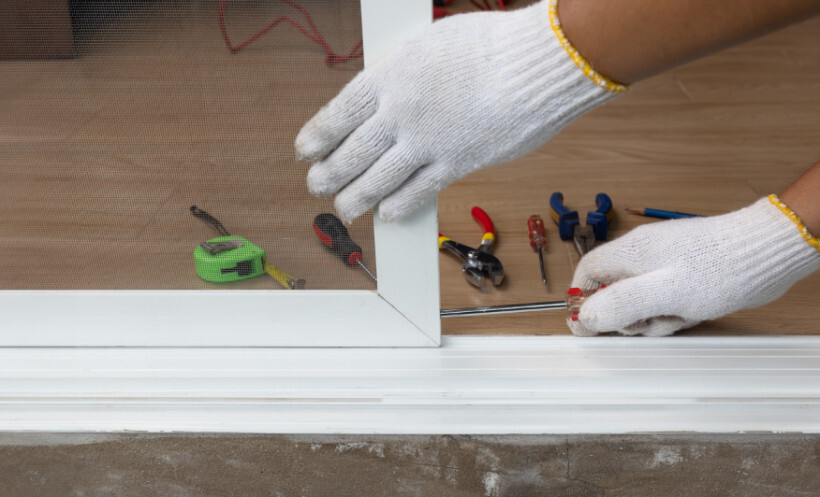 Tools prepared for flyscreen installation. (Source: iStock)
Tools prepared for flyscreen installation. (Source: iStock)
Installing a fly screen might seem like a simple DIY project, but having the right tools and materials still makes all the difference. Whether you’re replacing an old screen or building DIY flyscreen windows, here’s everything you’ll need to get the job done right.
Tools to get from the hardware store:
Measuring tape to get precise dimensions for the screen mesh and frame
Spline roller to press the spline into the frame groove and secure the screen
Utility knife to cut the screen mesh to size and trim excess screen
Scissors for rough cuts before fine-tuning with a utility knife
Flathead or Phillips head screwdriver to pry out the old spline and remove the existing screen
Hacksaw to cut aluminium frame pieces if you’re building a new frame
Mitre box to help make clean, square cuts on screen frames
Marking pen or pencil to mark measurements on the frame or mesh before cutting
Needed materials:
Screen mesh to keep bugs out while allowing airflow
Spline (rubber cord) to hold the screen mesh in place inside the frame’s groove
Screen frame pieces made of aluminium or plastic for holding the mesh in place
Screen frame corners or connectors to join frame pieces together securely
Tension springs (for framed screens) to help hold the screen securely in place within the window frame
Adhesive strips or Velcro (for frameless screens) that attach directly to the window frame
Retention hardware (such as turn buttons, screen frame hangers, or wire loop latches) to secure the screen to the window
Heavy-duty tape to temporarily hold the screen mesh in place during installation
Safety gear (optional but recommended):
Work gloves to protect your hands from sharp edges on aluminium screen frames and cutting tools
Safety goggles to shield your eyes from debris while cutting frames or trimming screens
Dust mask for cutting metal frames to prevent inhalation of aluminium dust
Step-by-step guide: How to install fly screens
A properly installed screen keeps bugs out and adds privacy instantly. Here are window fly screen installation steps you can follow:
Step 1: Measure your window frame accurately
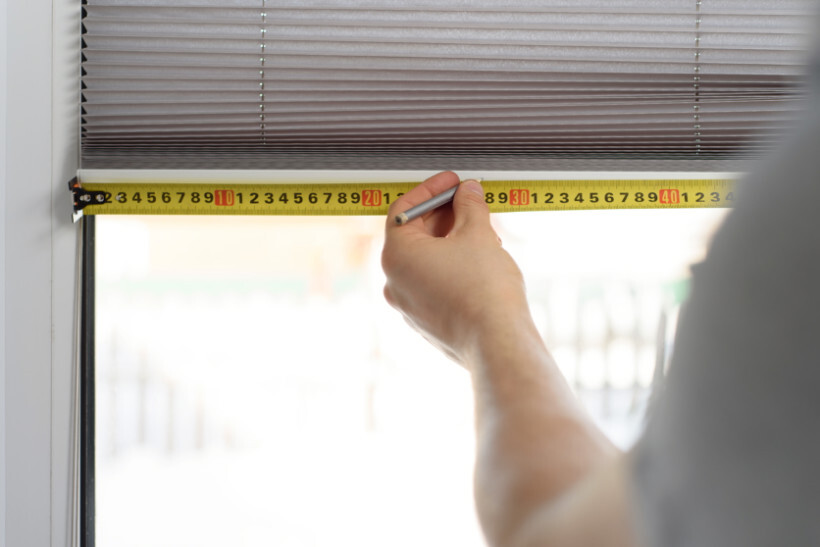 Measuring a window in preparation for screen installation. (Source: iStock)
Measuring a window in preparation for screen installation. (Source: iStock)
Learning how to install an insect screen mesh starts with getting the right fit and measurements. Even a slight miscalculation can leave you with a screen that’s too loose or too tight. Before cutting anything, grab a metric tape measure and follow these steps to ensure a perfect fit.
Here’s how to measure the window frame:
Start with the width. Measure from side jamb to side jamb at the top, middle, and bottom of the window opening. Write down the smallest measurement to avoid gaps.
Measure from the top of the window frame to the bottom sill at the left, middle, and right sides. Again, record the smallest number for accuracy.
- Window frames can be slightly uneven, so always measure at three points.
- Don’t include the decorative trim. Measure only the actual window opening.
- Leave 3mm on all sides to make it easier for you to fit your new screen.
Step 2: Gather your materials and tools
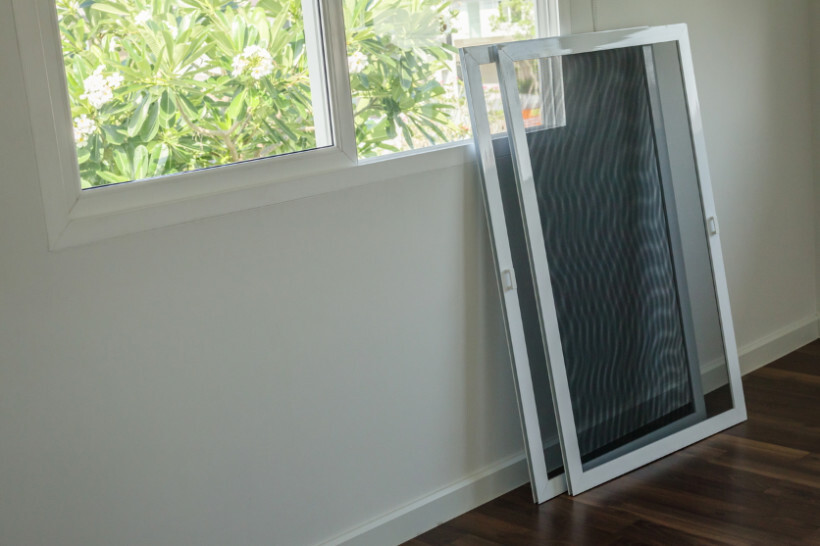 Freestanding flyscreens prepared for mounting. (Source: iStock)
Freestanding flyscreens prepared for mounting. (Source: iStock)
Before you start assembling, make sure you’ve got the right screen type and all the necessary tools. The screen material you choose affects durability, visibility, and airflow, so pick one that suits your needs. Here are the best screen types for UK homes:
Fibreglass: Easy to install, rust-resistant, and doesn’t crease
Aluminium: Ideal for coastal areas, as it resists corrosion from salt air
Pet-resistant mesh: Stronger than standard mesh, ideal for homes with pets
Solar screens: Block UV rays and reduce heat gain while still allowing visibility
- Fine mesh: Keeps out midges, wasps, and other tiny insects
Studies show that screens with a tighter weave can trap heat indoors and raise temperatures by up to 7.7°C during peak heat hours. For better airflow and lower cooling costs in hotter areas, choose fibreglass or high-porosity screens (35%-40% open space).
Once you’ve chosen the screen type for your needs, gather all the other essential tools, correct frame components, and hardware.
Step 3: Assemble or prepare the window frame
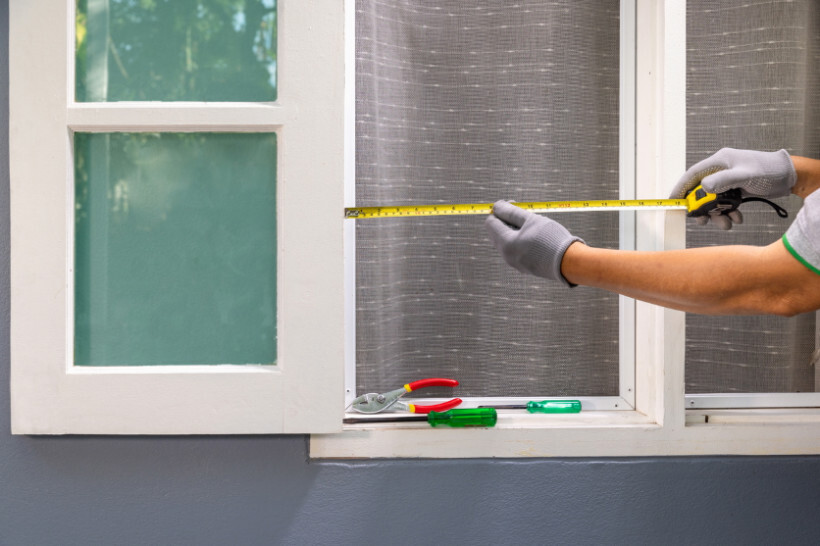 Measuring a window frame for screen installation. (Source: iStock)
Measuring a window frame for screen installation. (Source: iStock)
If you're only replacing the mesh, skip this step. Otherwise, you’ll need to assemble a new frame before installing the screen. Whether you’re using a screen kit or cutting your own frame, follow these steps to get it right.
If you’re using a screen frame kit:
Follow the manufacturer’s instructions to connect the frame pieces.
Insert plastic or metal corner connectors into the ends of the frame pieces.
Press the frame pieces together firmly to form a secure rectangle.
If you’re cutting your own frame:
Measure and mark the correct lengths on the aluminium screen frame using your window measurements.
Carefully cut the frame pieces with a hacksaw, ensuring straight, even edges.
Insert the corner connectors and press firmly to lock the frame into place.
Before moving on, test fit the frame in the window opening to make sure it sits properly. If it’s too tight or loose, adjust the measurements before installing the mesh.
At some point, you’ll need to remove the screen for cleaning, and installing spring frame clips can make that easier. Simply slide a clip into one top corner of the frame to secure it in place. You only need to install clips on one side of the frame, so you can pop the screen out effortlessly when needed.
Step 4: Attach the screen mesh to the frame
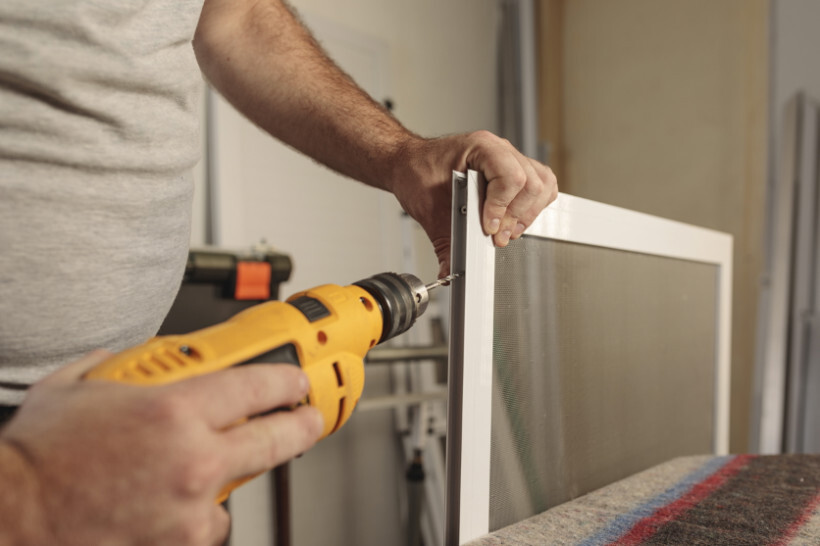 Drilling a flyscreen frame in preparation for installing. (Source: iStock)
Drilling a flyscreen frame in preparation for installing. (Source: iStock)
Now that the frame is ready, it’s time to attach the screen mesh. Follow these steps to get it right the first time.
How to attach the screen mesh:
Place the frame on a flat surface with the groove side facing up.
Lay the screen over the frame, leaving 1–2 inches of extra material on all sides.
Use the rounded side of the spline roller to push the mesh into the frame groove.
Start at one corner and use the concave side of the spline roller to press the spline in place. Work your way around, keeping the mesh evenly stretched.
Use a sharp utility knife to cut away extra mesh along the outer edge of the spline.
Tips for preventing wrinkles or sagging:
Apply gentle tension to the mesh while rolling in the spline to avoid slack.
Work on opposite sides first before moving to the remaining edges for even stretching.
Use a slightly smaller spline than the groove to prevent it from popping out.
Step 5: Install the screen into the window frame
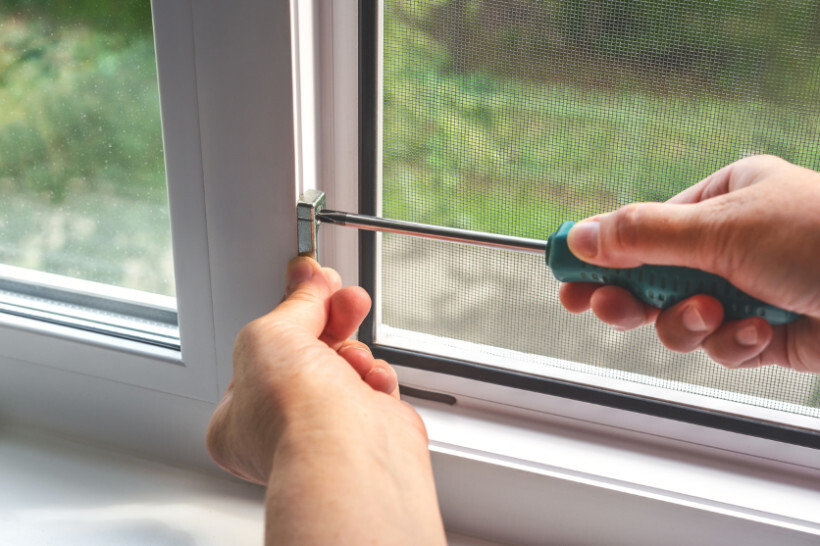 Securing a flyscreen with a screwdriver. (Source: iStock)
Securing a flyscreen with a screwdriver. (Source: iStock)
With the screen assembled, it’s time to secure it in place. Depending on your window type, you’ll either slide or snap the screen into position. Make sure it fits snugly to prevent shifting or popping out.
How to install a flyscreen on sliding windows: If your window has tracks, lift the screen into the top track first, then lower it into the bottom track. Adjust it until it sits evenly and moves smoothly.
How to install a flyscreen on snapping screens: Some windows use spring-loaded clips or retention hardware like turn buttons or wire loop latches. Align the screen with the frame and press gently until the clips lock it in place.
To secure the screen properly, use tension springs or retention clips to hold it tight and prevent shifting. Check for gaps along the edges—if you see light coming through, reposition the screen for a better seal. On the other hand, if you prefer a frameless screen, use Velcro strips, magnets, or adhesive tape.
Not sure how to install flyscreens with clips? Just align the screen, press it in, and let the clips do the work. Once secured, give it a gentle push to ensure it stays in place.
Common mistakes to avoid when installing a window screen
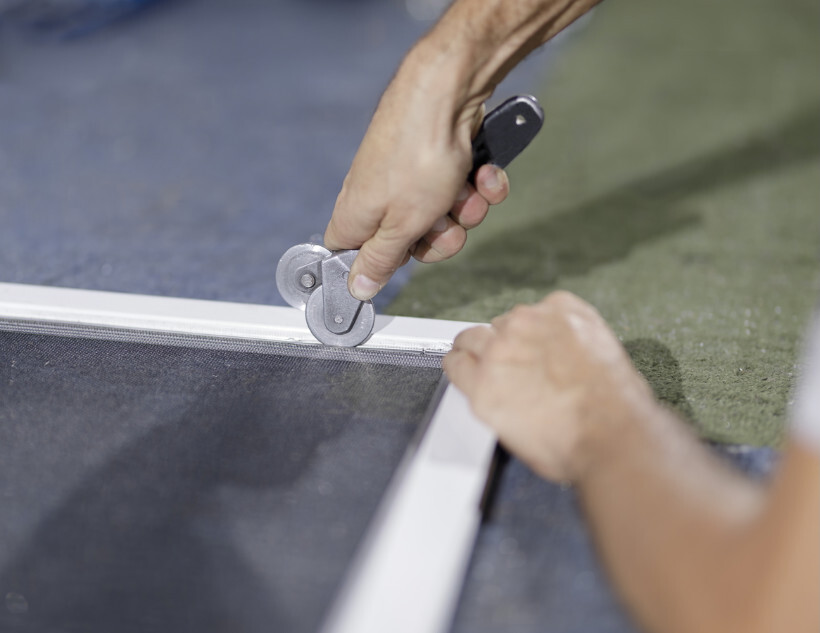 Applying a spline to secure flyscreen mesh. (Source: iStock)
Applying a spline to secure flyscreen mesh. (Source: iStock)
Even with the right tools and materials, replacing flyscreens can go wrong if you’re not careful. A screen that’s too loose, too tight, or even warped can lead to poor performance and durability issues. Here’s how to fit a fly screen without mishaps:
What to do if the screen is too loose or too tight
A screen that doesn’t fit properly can either sag and detach or warp under too much tension. Here’s how to fix both issues:
If the screen is too loose: Check the spline size—if it’s too small, it won’t grip the mesh properly. Try replacing it with a slightly larger one for better tension. If needed, remove the screen and reinstall it with more stretch before securing the spline.
If the screen is too tight: Overstretching can cause the frame to bow inward or make the screen hard to fit. Use a slightly smaller spline to reduce tension, or reinstall the mesh with less stretching. If the frame won’t slide into place, check for debris in the tracks or trim 1/16 inch off the frame with a hacksaw.
Fixing a warped screen frame
A warped frame won’t sit properly in the window, leading to gaps or an uneven fit. This can happen due to uneven tension, excessive force during installation, or heat exposure.
To prevent warping: Work on opposite sides when securing the mesh (top to bottom, then left to right) to avoid pulling the frame out of shape. Assemble frames on a flat surface and make sure all cuts are at perfect 90-degree angles.
To fix minor warping: Try gently bending the frame back into shape by hand or tapping it with a rubber mallet.
For moderate warping: Remove the mesh, place the frame on a flat surface, and weigh it down with books or clamps overnight to reshape it.
If the frame is severely warped: It’s best to replace it. For metal frames, cut a new piece and reassemble using screen frame connectors.
How to repair small tears or damage in the mesh
A small hole in the mesh might not seem like a big deal, but it can let in bugs and weaken the screen over time. Here’s how to repair it:
For tiny holes (under 10mm): Apply clear nail polish or super glue to seal the tear and prevent it from spreading.
For larger holes (10mm to 50mm): Use a self-adhesive screen patch or cut a small piece of new mesh to cover the hole. Press it in place with glue or adhesive.
- For major damage: Cut out the damaged section and replace it with a slightly larger piece of mesh. Secure it with adhesive, stitching, or heat-sealing for fibreglass screens.
Can you hire a professional to install window screens?
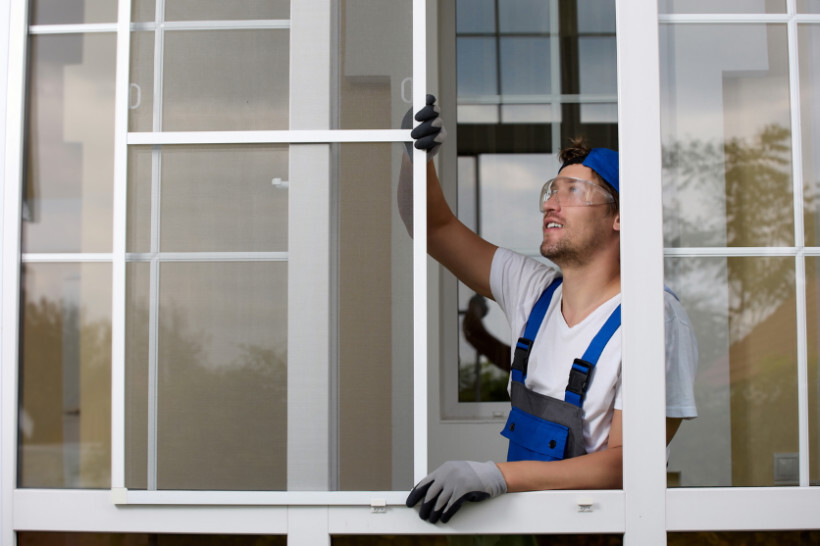 Professional installation of a flyscreen. (Source: iStock)
Professional installation of a flyscreen. (Source: iStock)
Yes, you can hire a professional. In fact, for many homeowners, it’s the best way to ensure correct installation and long-lasting results.
While learning how to install an insect screen on a window yourself can be a cost-saving option, DIY mistakes—like incorrect measurements, using the wrong spline size and excess screen, or applying uneven tension—can lead to gaps, warping, or sagging screens. If the DIY flyscreen is not installed properly, you might even need to replace the window frame or repair the window sash, which adds to your costs.
A professional installer has the right tools, experience, and techniques to ensure a perfect fit with no hassle. They can also handle specialty screens like solar, pet-resistant, or security screens, which require precise fitting and installation.
- How much does window replacement cost?
- How much does sash window repair cost?
- What are average handyman prices?
Get your flyscreens installed hassle-free
From summer fly swarms to year-round indoor air quality, a properly installed flyscreen is one of the best ways to protect your home. But if you’re not confident cutting mesh, fitting frames, or securing everything in place, there’s no need to struggle with DIY.
Connect with professional flyscreen installers and get the job done professionally. Whether you need help with your flyscreen, door installation, or other windows and doors services, Airtasker makes it easy to find the right professional for the task you need help with.
Learn more about our contributors

Written by Angela A.
Staff Writer
Angela Apolonio is an experienced writer with a Biology background. She writes about home tips, car upkeep, gardening hacks, and food facts, bringing a unique blend of science and practicality to her work. As a wife and a mother, she knows the value of iron-clad routines, so she's passionate about sharing what works for her with everyone else. She loves making everyday life simpler and helping readers find fresh ideas to bring more joy into their spaces.
FAQs on flyscreen installation
There are no strict laws requiring window screens in the UK, but certain regulations apply in specific cases. Food businesses, for instance, must install flyscreens for hygiene compliance, while listed buildings or conservation areas may have restrictions on modifying window exteriors.
Flyscreens are not so common in the UK due to the cooler climate and fewer flying insects. However, they’re used in rural areas to keep out midges and flies and are required in food businesses to meet hygiene regulations. Some eco-friendly homes also install them for natural ventilation instead of relying on fans.
Yes, flyscreens can help with energy efficiency by reducing heat gain in summer and improving insulation in winter. For example, solar screens lower cooling costs by blocking sunlight and storm screens provide an extra insulation layer in colder months.
For outward-opening windows, use hinged or magnetic flyscreens. Some screens attach with Velcro or adhesive strips, while retractable flyscreens roll up when not in use. Always ensure that the screen fits securely without obstructing the window’s function.
Find fly screens installers, fast
Find a fly screens installer
Related articles
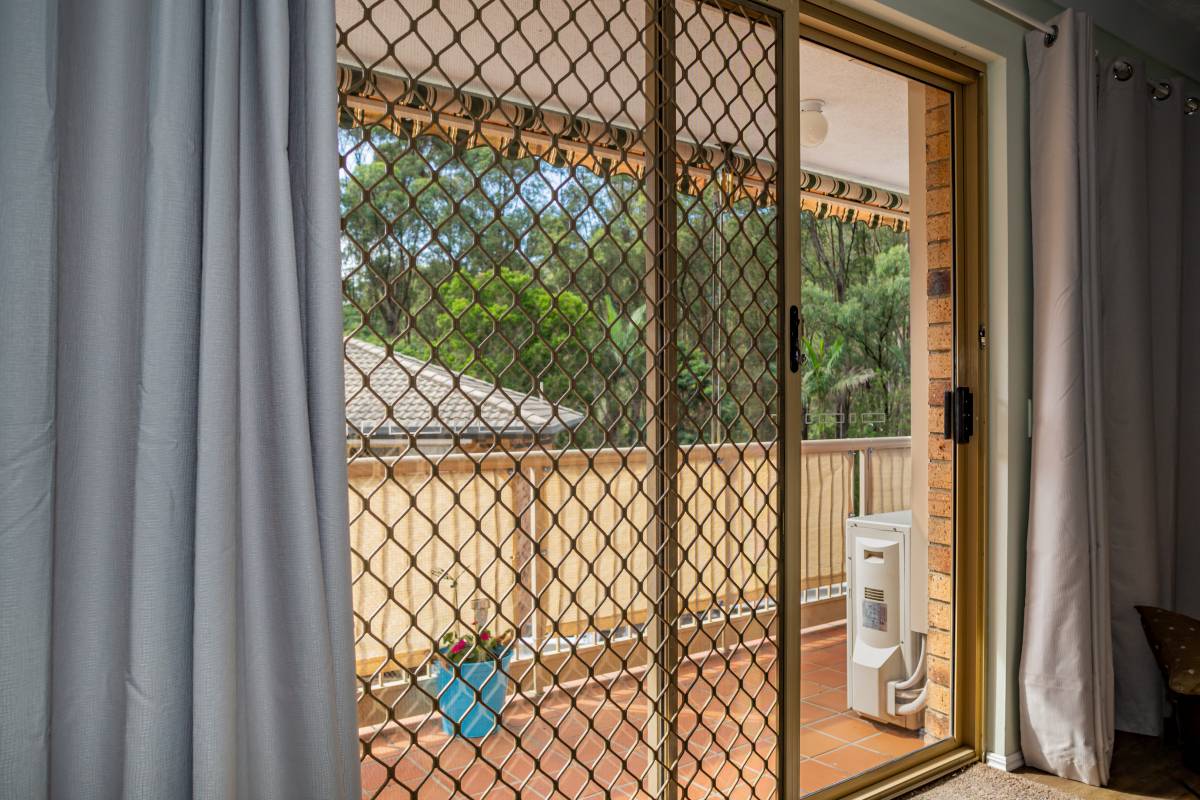
Install a screen door in 6 steps
Read more

How much can you earn as a handyperson?
Read more

How to Soundproof a Room
Read more

30 Lovely pantry door ideas
Read more
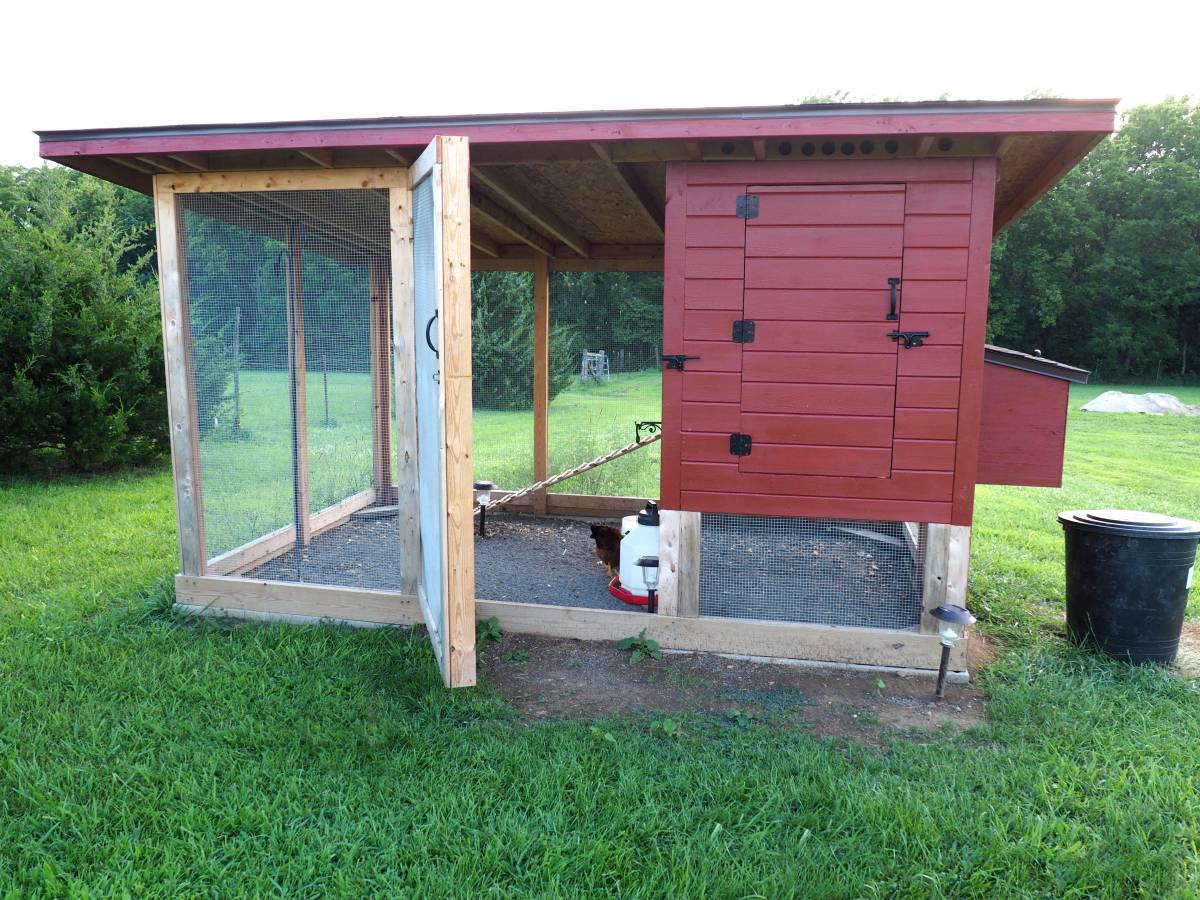
How to fox proof your chicken coop
Read more
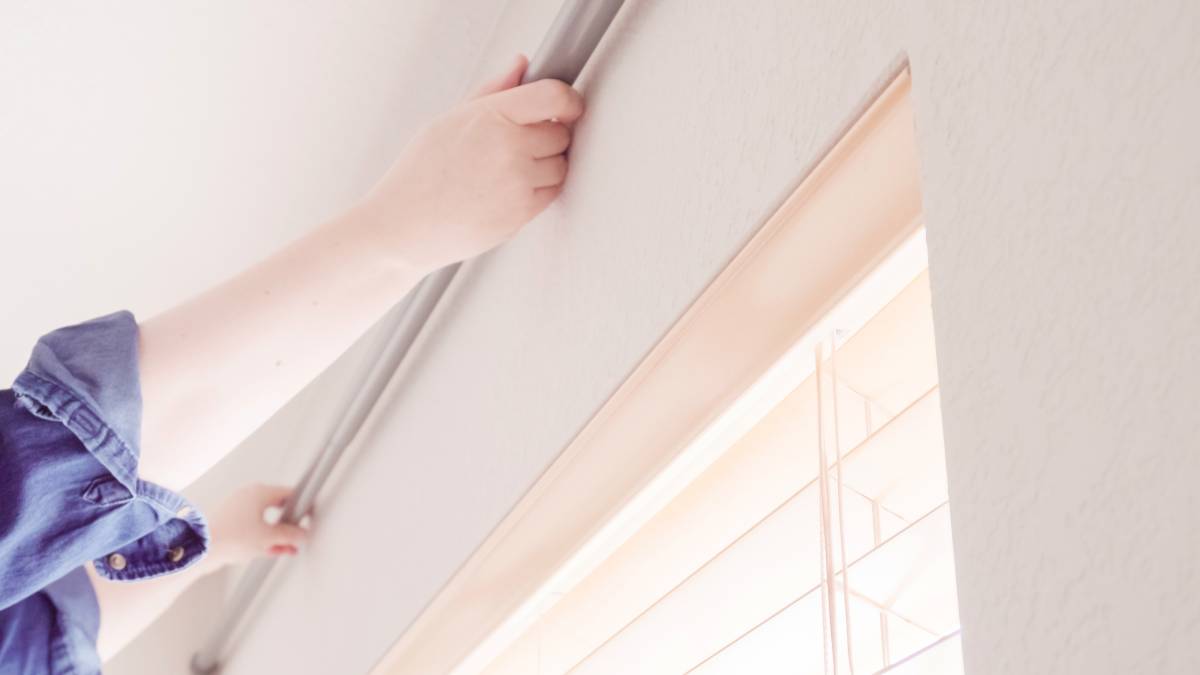
How to install curtain rods
Read more
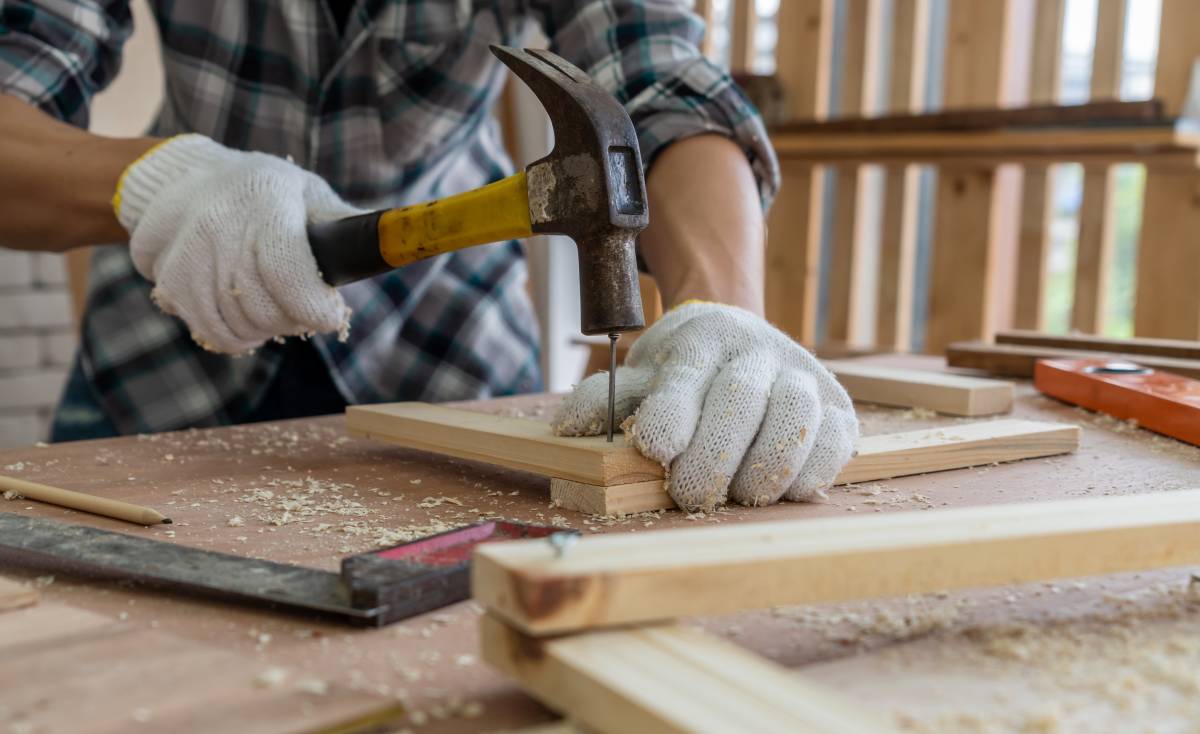
Best blue-collar jobs on Airtasker
Read more

Learn how to cut a mirror in 7 steps
Read more
Related price guides

How much does clock repair cost?
Read more
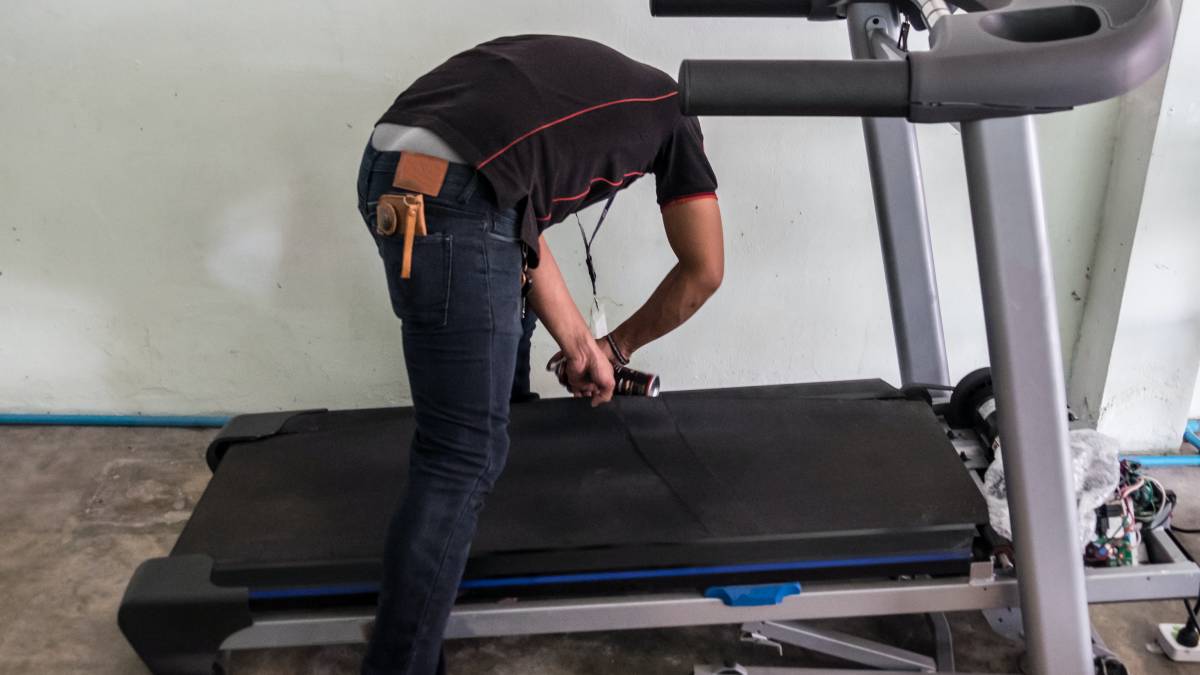
How much does treadmill repair cost?
Read more
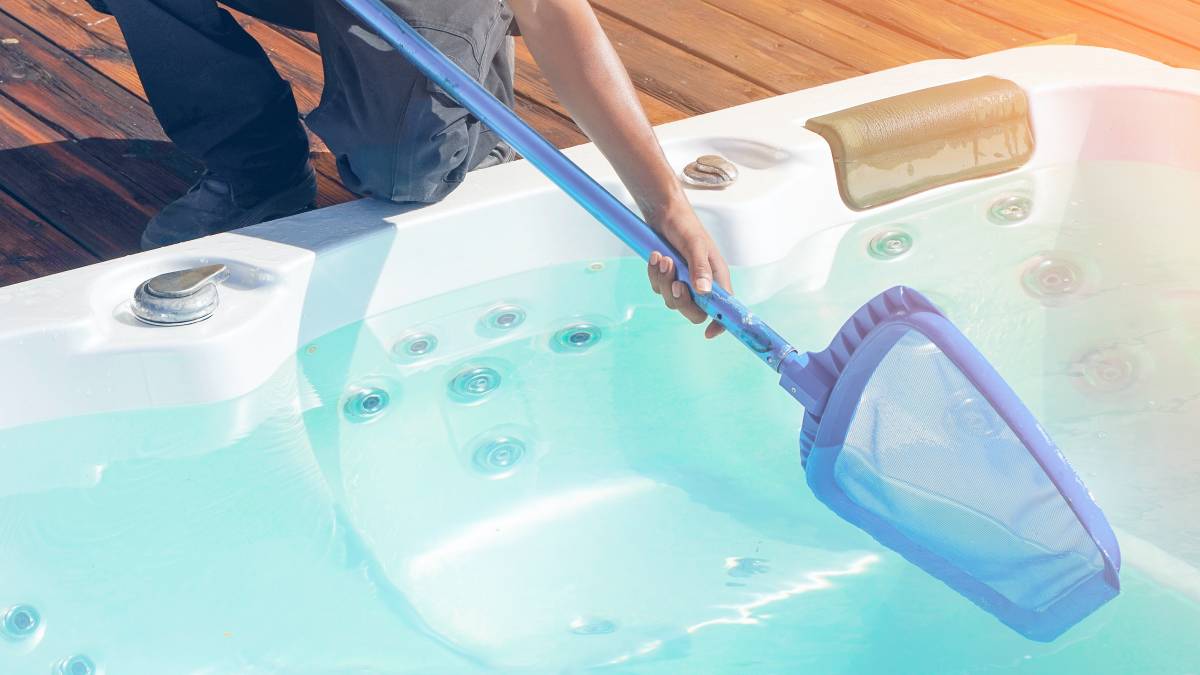
How much does hot tub repair cost?
Read more

How much does signage cost?
Read more
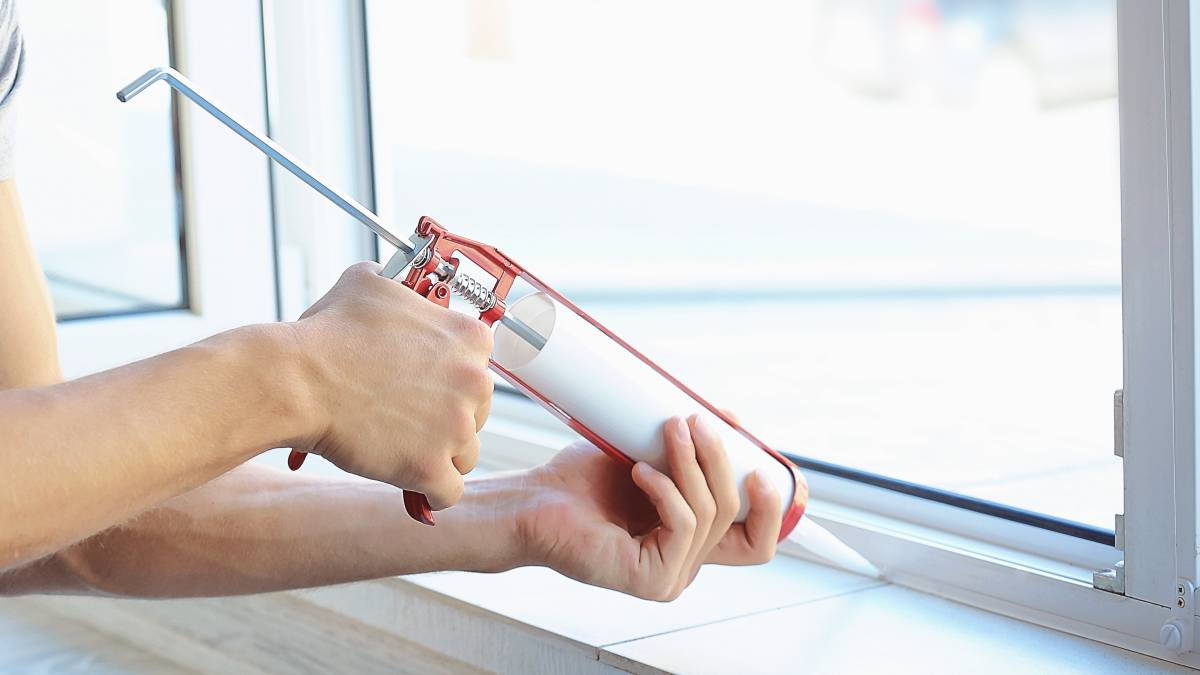
How much does window repair cost?
Read more

How much does awning repair cost?
Read more

How much do chainsaw services cost?
Read more




